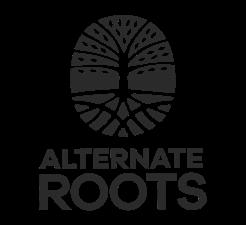Volume 2, Article 1 with ROOTer King Shakur



Volume 2, Article 1 with ROOTer King Shakur


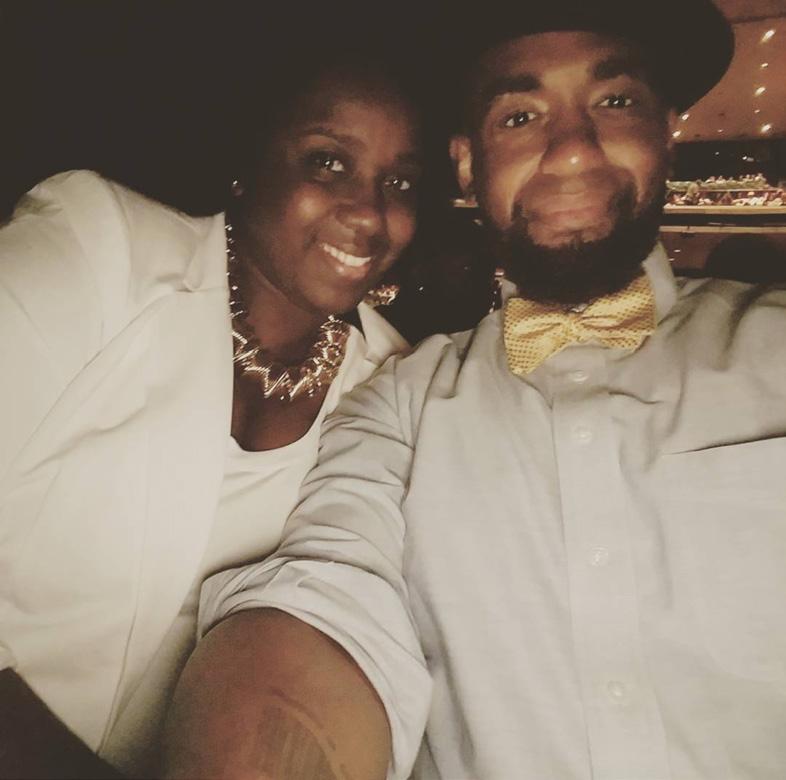

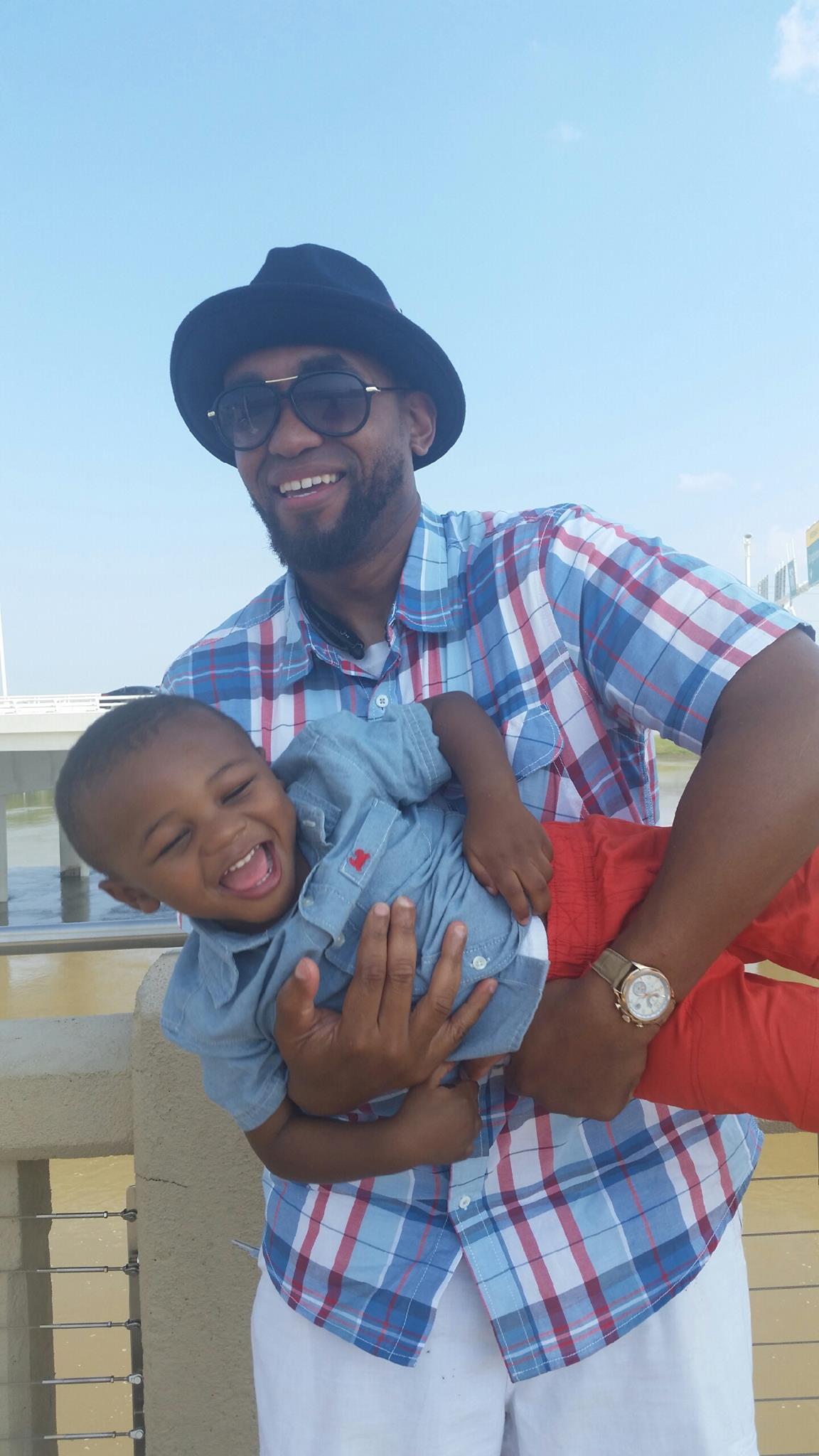
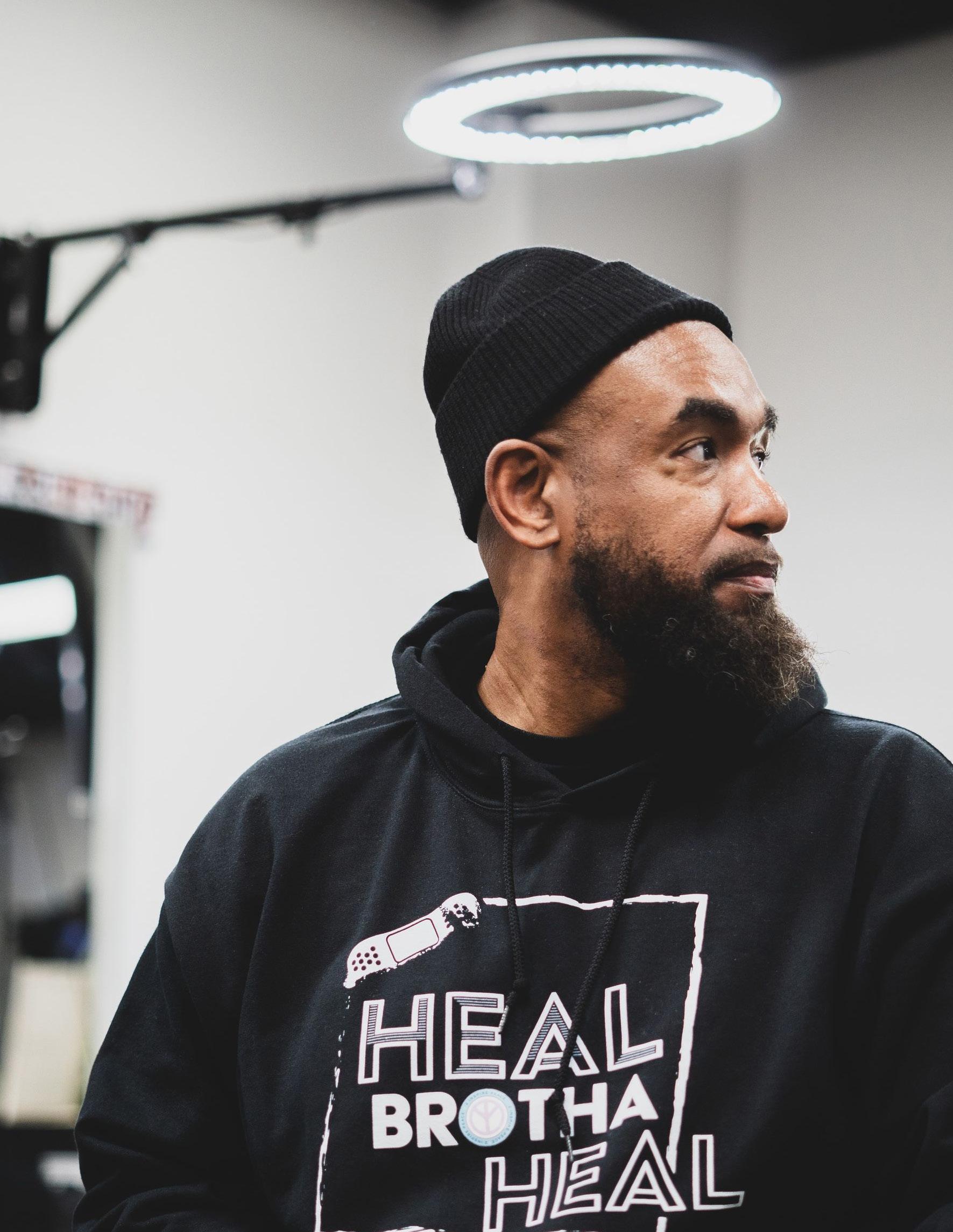
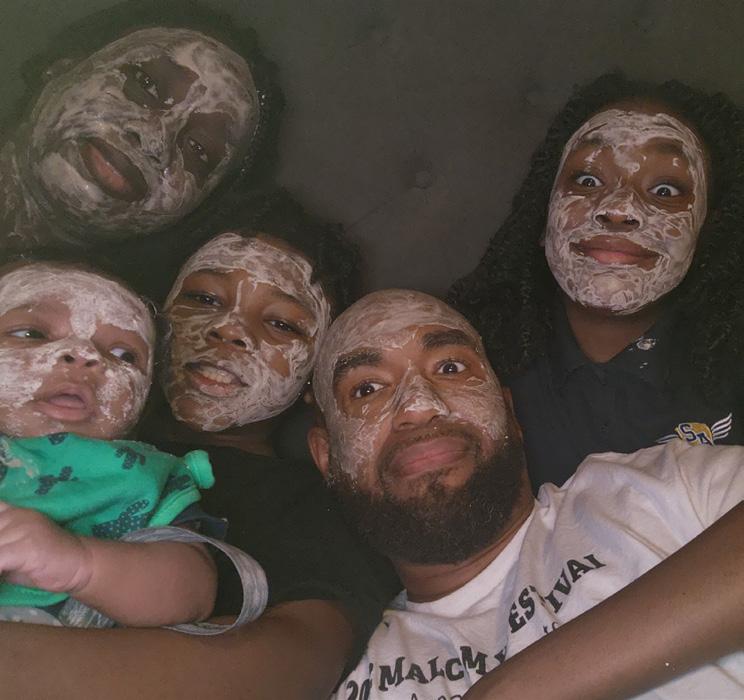

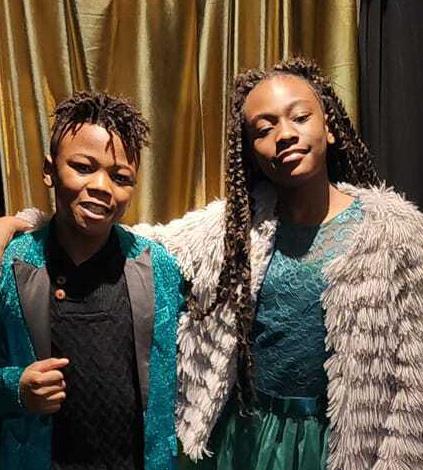
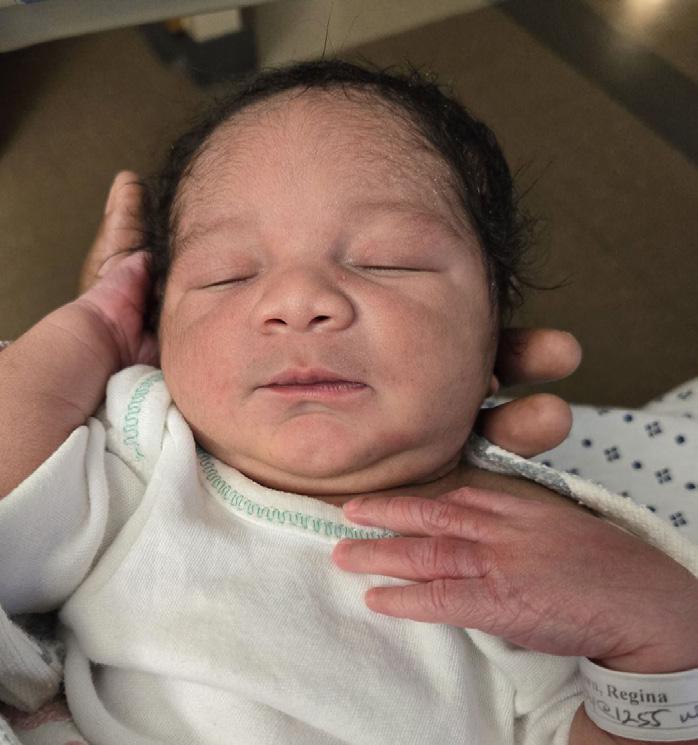

Welcome to InDeep, Alternate ROOTS’ publication highlighting dope ROOTers and their dope work. In 2024, InDeep explores the intersection of art, life, and community activism.
In our first issue of 2024, we are thrilled to speak with ROOTS voting member and recent 2023 Partners In Action partner cohort member, King Shakur. King is the founder of Volunteering While Black and the Vice President of Partnerships, Programs, and Engagement for 2 Inspire Peace, a non-profit, art-inspired healing collective based in Dallas, TX. He is also the creator of the program He Gone Cry In The Car, an artistic exploration of black male pain through art, conversations, and commerce.
“I am most excited about being a father and husband and helping people heal through the arts.”
King describes himself as “a South Dallas kid with a passion for community, arts, food, and travel.” He is a poet, DJ, and professional recruiter. “I have been writing poetry since I was 12, and have been a DJ for the past seven years. I am most excited about being a father and husband and helping people heal through the arts.” Alternate ROOTS’ staff member Aimee McCoy chatted with King while he was in motion on the Dallas streets, on his daily father’s journey of after-school pick-up.

Aimee McCoy (AM): First, let’s talk about how you came to be a member of Alternate ROOTS.
King Shakur (KS): I became a ROOTS member after being nominated by Omari Fox for the Hip Hop Scholars Program at ROOTS (2004-2009). I was invited to participate in the 2007 ROOTS Annual Meeting. That was one of the best experiences of my life. I have been a ROOTS member ever since.
AM: That’s right. You shared a little more about this experience during our StoriedROOTS recording session. Thank you for participating in my audio documentary project. I love to hear ROOTS members sharing their stories in their own voices. Let’s dig into some of your passions.
KS: I am passionate about helping people find their joy. I believe the arts are the best way to lead people to that joy. Using art to inspire healing and working with young people is what I do most nowadays. In my work as a recruiter, I connect people to careers that are about impacting communities in positive ways; and that’s joyful. I always tell the people I’m recruiting, “I’m not a salesperson.” I’m not here to sell you a job. Whatever you’re passionate about, if there’s a way I can connect you to it, that’s my goal and my job.

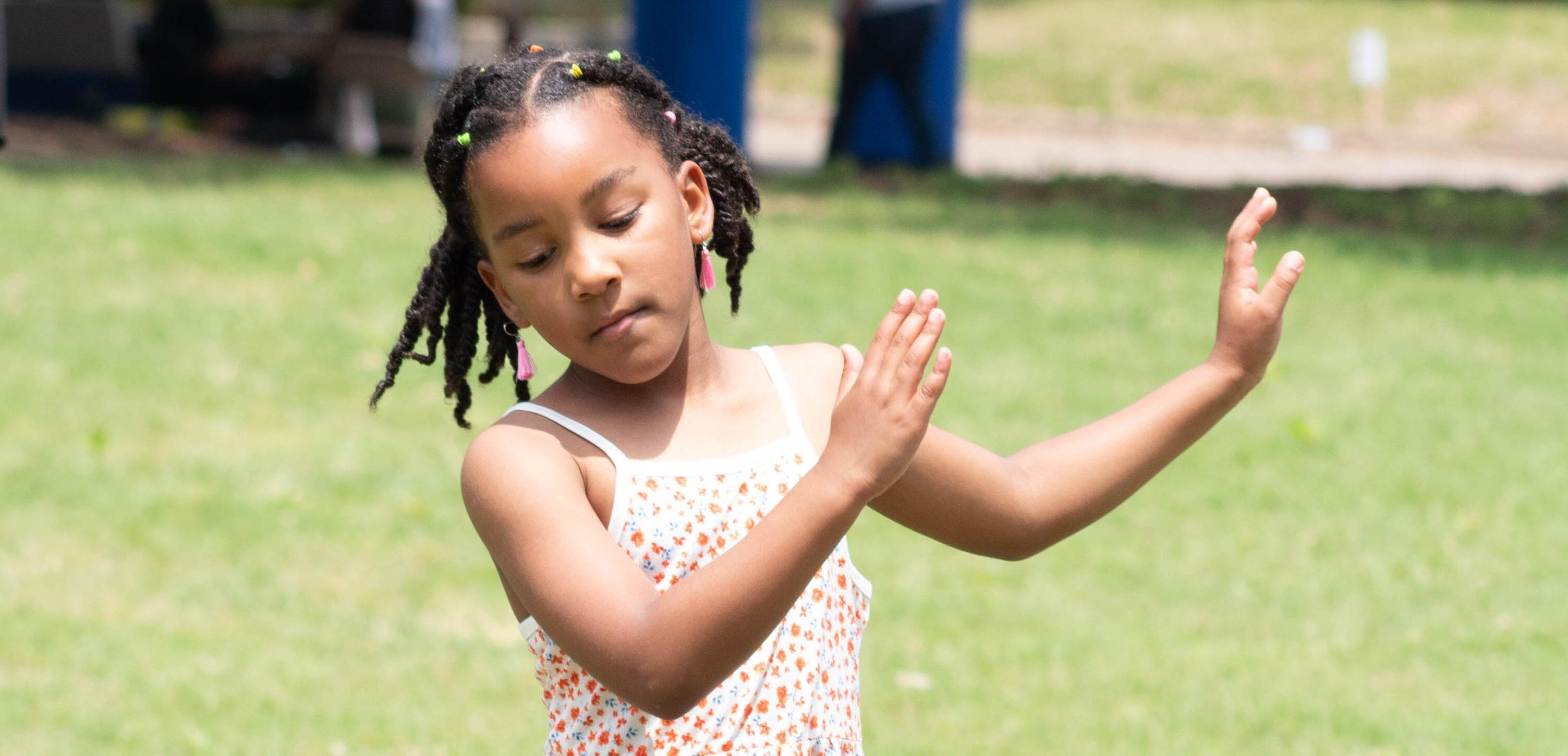

“I
was really living in my arts, and it hit me that this is what I wanted to do for the rest of my life. I broke down crying. That was when I started paying attention and listening to people talk about joy versus happiness. My Due North has been joy ever since.

AM: You just mentioned that you believe art is the best way to lead people to their joy. How did you develop this passion and come to understand the role of art in this work?
KS: Growing up, I felt like I was always angry for no reason. I was just around a bunch of angry people. There was always a bunch of fussing and arguing, and I think I was around people who didn’t, for whatever reasons, live out their dreams. I think the passion for helping people find their joy came out of that.
When I turned 21, I found peace around that time. I can’t really explain how I got to it. I was young in college, and I remember doing a performance. I was really living in my arts, and it hit me that this is what I wanted to do for the rest of my life. I broke down crying. That was when I started paying attention and listening to people talk about joy versus happiness. My Due North has been joy ever since. Not saying I don’t have bad days or bad things don’t happen, but I’m always looking to get back to that joy. I believe everyone should experience joy. So, to me, the arts is the most cost effective way that I can promote joy. The only other thing I see outside of that is food. [chuckle] People are usually happy when they’re eating and discussing. But music and arts, yeah, I think that’s it.

AM: How do you use art to help folks find their joy? Why is this important for you and your community?
KS: First, I’ve helped by creating spaces like open mics, talkback events, and festivals where art, music, and joy are at the center. My motto, especially when I was
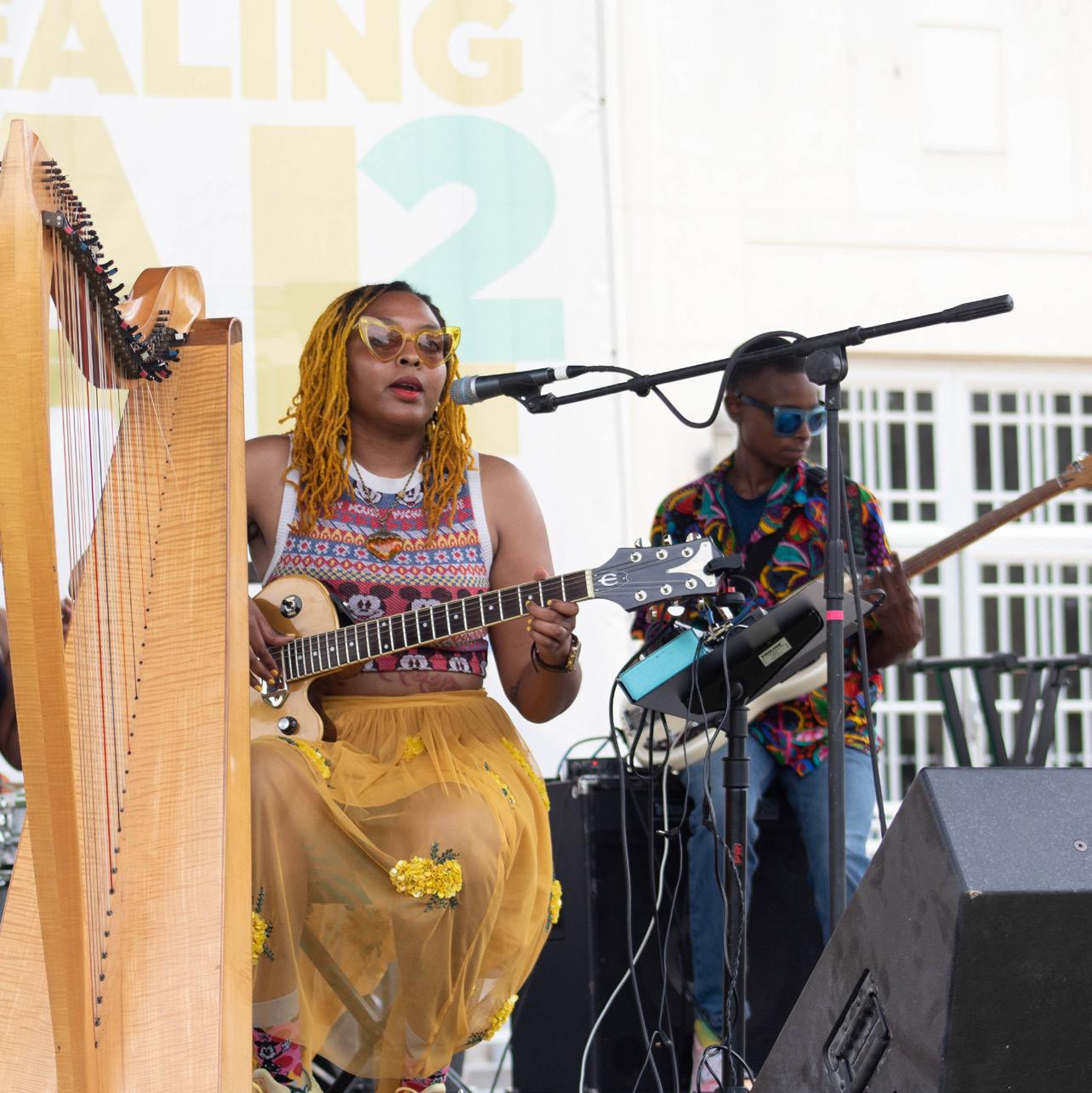


a young teaching artist, was Find Your Voice, Tell Your Story. I believe there’s joy in people telling their own stories, so teaching young people creative writing or self expression is how I’ve done it. I’ve also worked in communities with elders or other adults helping them get over the fear of dreaming no matter what age they are.
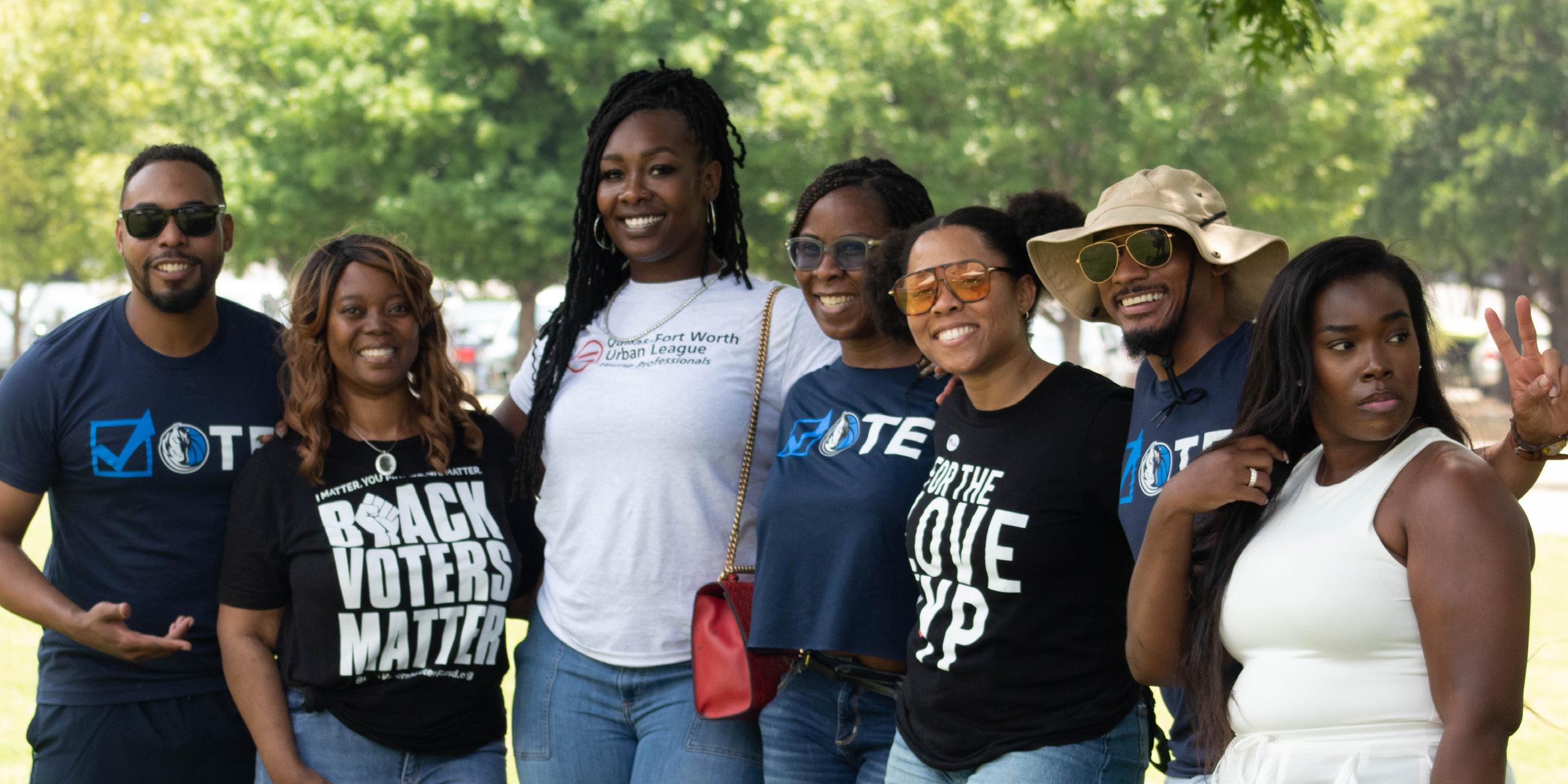
“I believe everyone should experience joy. So, to me, the arts is the most cost-effective way that I can promote joy. The only other thing I see outside of that is food.”
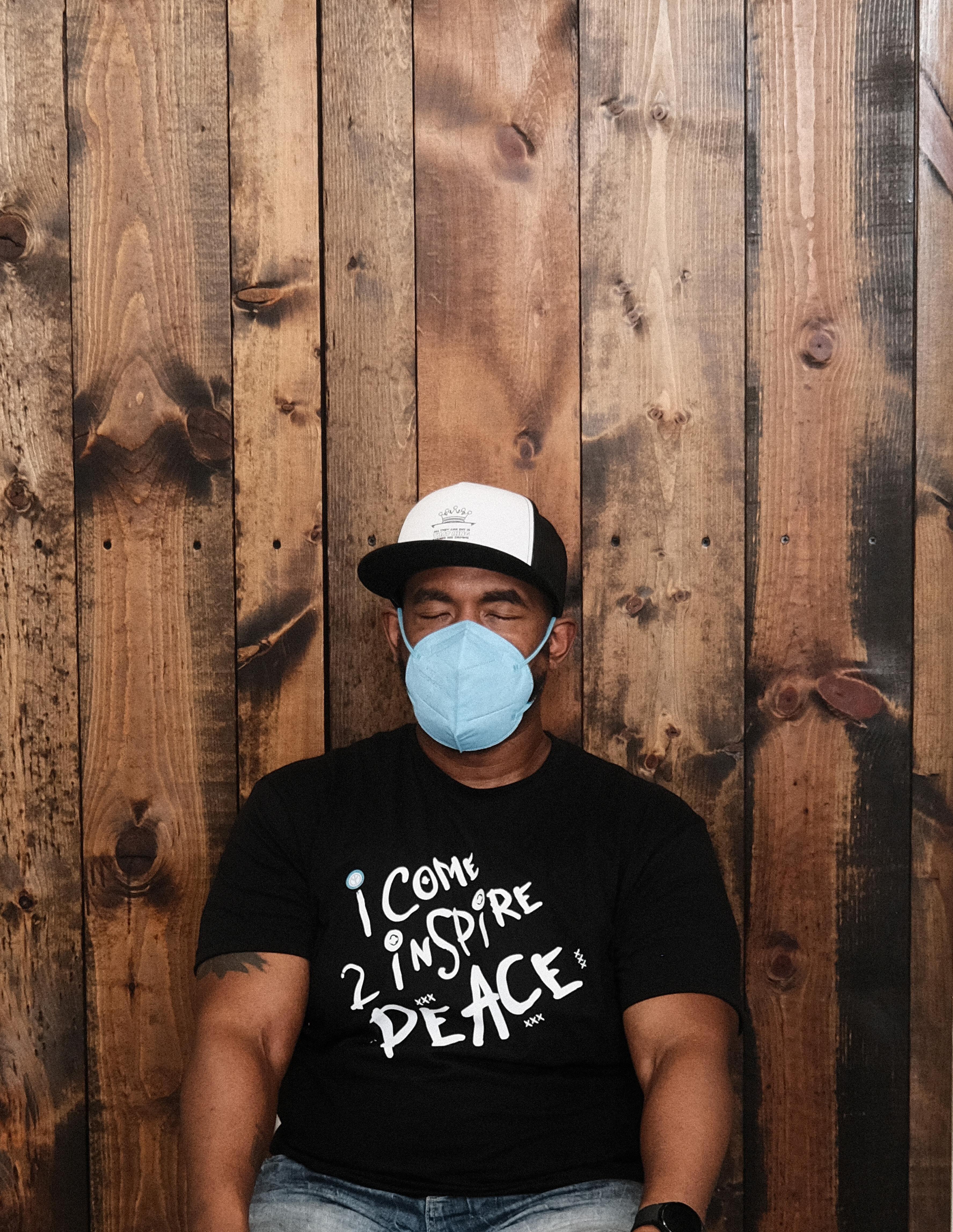
“My motto, especially when I was a young teaching artist, was Find Your Voice, Tell Your Story – I believe there’s joy in people telling their own stories.”

Some adults have had dreams for a long time that they just let pass by, whether it be in their life or career. I think if people were living their joy in community, there’d be a whole lot less crime. When you’re joyful, you’re not trying to hurt anybody. Right? To me, joy is like hearing a new song or one of your favorite songs. You wanna share it with everybody! [laughing] “Yo, I can’t believe I..., Yo have you seen this joy? Have you tasted this joy?” That’s how I feel about joy. Once someone discovers it, they wanna spread it to everyone else. I think it really would transform not just my community, but the world. There’s books out there like The Four Agreements, because these philosophers were just really trying to get people on this wavelength of joy.
AM: You took me on a joy rollercoaster right here! You have me questioning if I’ve ever really experienced a joy that I wanted to spread to the world. You also said something interesting about helping people get over the fear of having dreams. Tell me more about that.
KS: I don’t believe people are afraid of failure. I believe they’re afraid of success


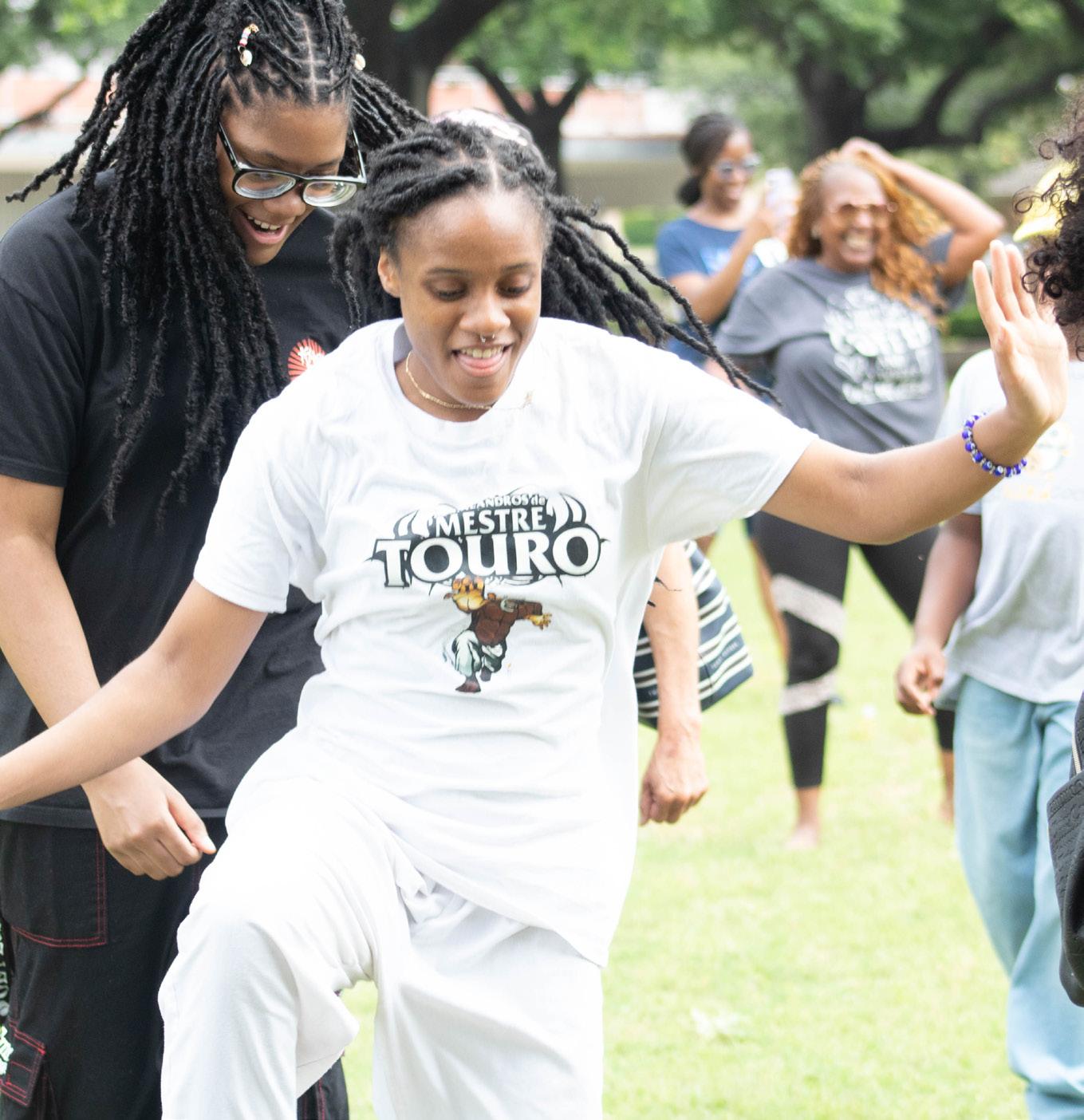
“I think if people were living their joy in the community, there’d be a whole lot less crime. When you’re joyful, you’re not trying to hurt anybody, right?”
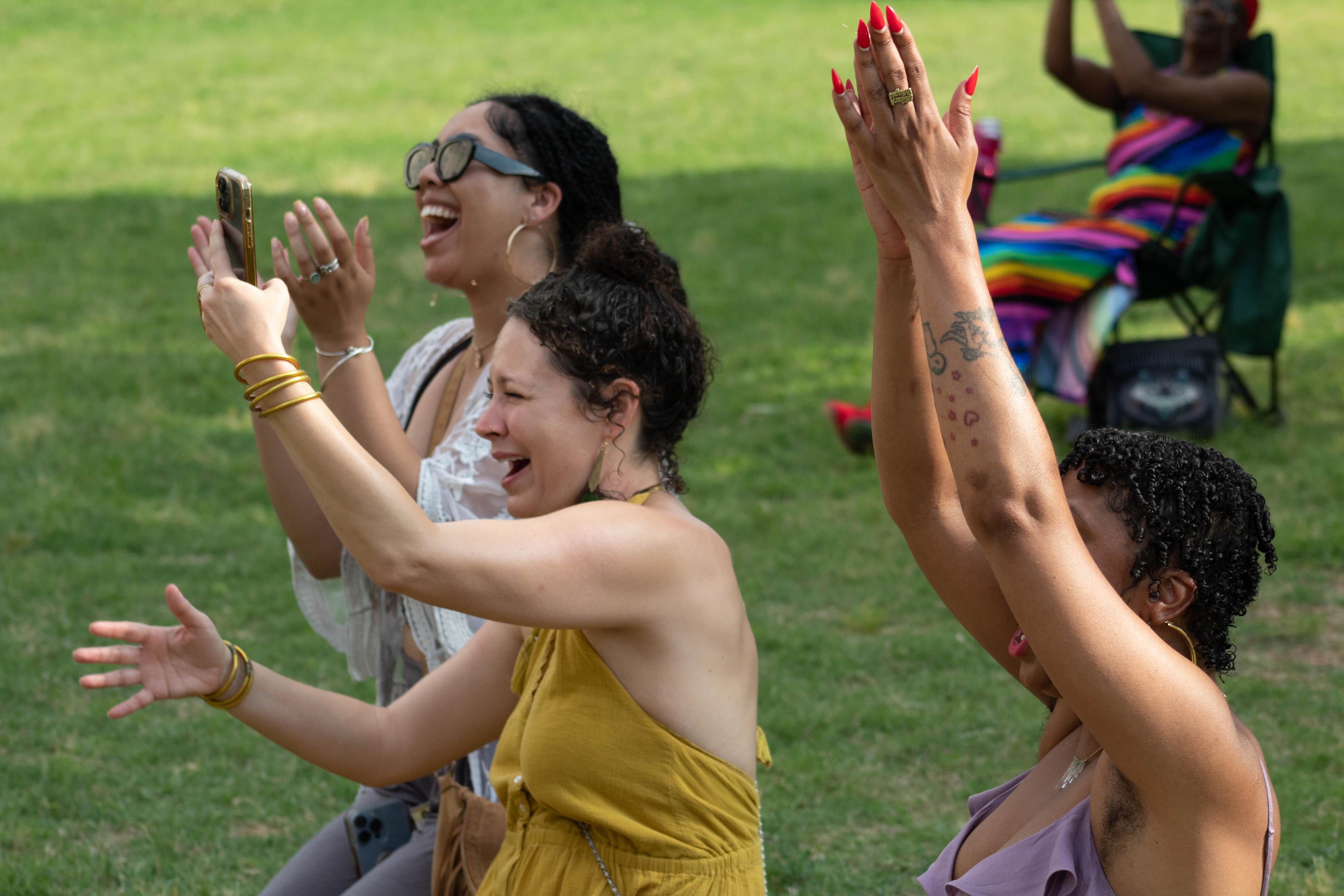

because everybody fails. Right? So everybody can gripe and have conversations about their failings. But when you succeed at something, you have to work to maintain that success. And that s#!t is hard. It’s heavy, and there is fear in it. There is a whole lot of fear in, “What if this works out?” So they don’t try. I’m about helping people get over that fear of those dreams. I live by a motto, Jump Off The Roof And Just Know You’re Not Gonna Hit The Ground. You know? I just believe in jumping because I was never taught I couldn’t fly. So I’m trying to help everybody recognize that they have wings, and d@%> it, use them!
AM: So with this passion that you have for community, art, food, and travel, how did you come to channel your creativity into writing and DJing?
KS: I remember when I used to be afraid to let people know I was a poet. I used to write really, really small. I would write small because I ain’t want my homeboys to know I was writing poetry. I was pretending that I was a terrible rapper. I was afraid
to show that. It was a shame. But I knew that the best thing for my mental health was being able to write it down, because I couldn’t talk to anybody about what I was dealing with, what I was going through. But poetry was there, and I kept on reading these books by Nikki Giovanni, discovering Sonya Sanchez and Amiri Baraka, and other poets; and I got a lot of joy out of it. I was also reading writers like Sister Souljah and others. So, I wrote more.
I ended up discovering a place called Sankofa, a bookstore that offered open mics back in the late 1990s here in Dallas when I was a sophomore or junior in high school. And, man, I remember my first open mic! It felt like falling in love, being on the mic. I also had an elder, Mrs. Byrd. She was a poet, and she fell in love with me, treated me like I was her son. I was born on the same day as her late husband at the time. She whipped me into becoming a writer. She’s the one who literally taught me how to attack my dreams. I remember Mrs. Byrd feeding into me, “don’t be afraid to share your story.” Being a poet, her influence was what really sparked me and gave me the passion to get on stage and perform at the open mics.
“I don’t believe people are afraid of failure. I believe they’re afraid of success.”
AM: How did you become a DJ and funnel your creativity into that as well?
KS: I’ve always loved music. I have a music business degree. I studied music in undergrad. I always respected the art of DJing. I think I’ve always had a passion for DJing. I was like, you know what, “I’ma take this check and I’m going to go buy this equipment, and I’m gonna teach myself how to DJ. And, man I fell in love with just playing with music, putting together mixes and samples. I remember my friend allowing me to DJ my first ever event, an open mic, and it was just something about curating his open mic and making sure the sounds and the music were lined up with the poetry. I was like, I can do something with this. And I kept on researching the art of DJing and how I could use music to
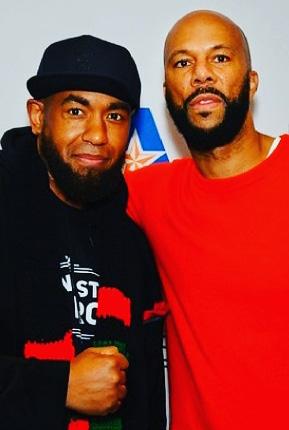


“I remember when I used to be afraid to let people know I was a poet. I used to write really, really small. I would write small because I ain’t want my homeboys to know I was writing poetry.”
be able to help communities. I bought better equipment over time. And now I do 12 free events a year, including at least one free event or sound service a month to a community organization. I also do weddings, open mics, and everything else professionally. That’s how I founded Volunteering While Black: knowing that I wanted to offer art to nonprofits to help them raise money or communicate to the public.
I’d been working in nonprofits for a while, and I remember a funder saying that the last thing we need is another nonprofit. At that time I knew a lot of small nonprofits couldn’t afford a volunteer department. And so I was like, what can I contribute? I know I can recruit and I know I’m an artist, so I founded Volunteering While Black.
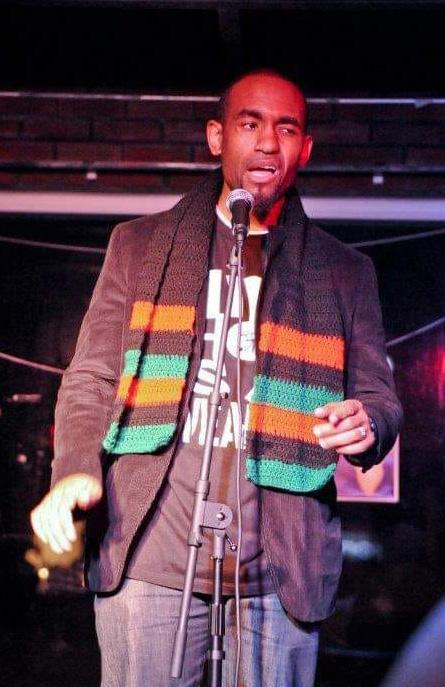
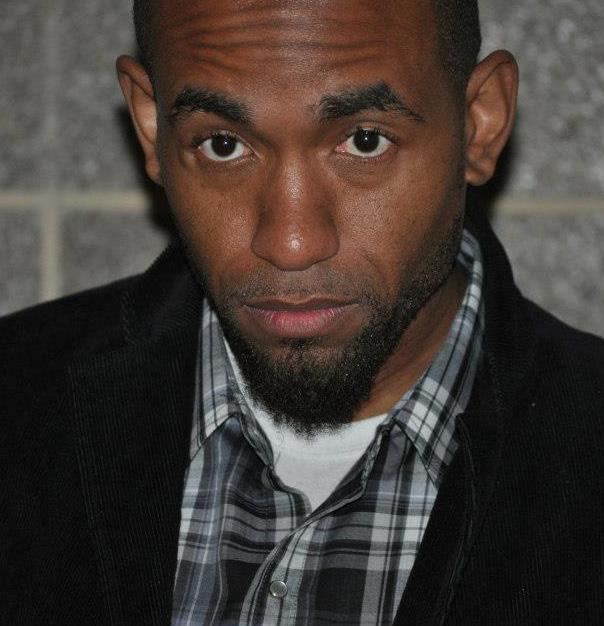
“I remember my first open mic! It felt like falling in love, being on the mic.”
AM: Is DJing an art practice for you? Can you explain how it is your act of creation?
KS: Definitely, DJing is an art practice for me. I actually prefer DJing now. I’ma always be a poet and a writer. But I prefer DJing more. I still have a passion for performing, but DJing has topped that. When you’re DJing, you get to curate how people are feeling. You can go into something as simple as an office party, and if you’re playing the right music, you got people in the right mood, you got joy. The DJ can literally have the party going in a good way or a bad way.
As an art practice, you have to study the music you wanna play. You have to create playlists and line up different things. It’s definitely a hard practice. Sound waves do things to people: lo fi or high, and the Beats per Minute (BPMs) move an event, a party, or people. This is the art form of DJing. You can’t just put your buds in or put together a mix. You have to study it.
AM: You just said it simply; you’re curating. We understand the practice of curation as an art form. So having DJing in that vein of curation is a very interesting perspective. And based on the way you describe DJing, you’re curating for a particular effect.
KS: Yeah. And people don’t understand: a lot of DJs become producers and also they go from just producing records to scoring for movies. In most of your favorite movies, the music is done by a DJ, or, someone who was once a DJ, or is still a DJ. Swizz Beats (Take the Lead 2006, Angie Martinez Show) was a DJ first and then he became a producer, and now he’s really into scoring movies and television. Same thing with Pharrell (Despicable Me Franchise), and other people.
DJing is definitely for a particular effect. That’s why I say I love to DJ at poetry events and open mics. It actually makes me pay attention to poets way more than I paid attention to them when I was there to perform thinking about my poem. I’m listening to their poems because I wanna have the perfect song set up that’s literally in line with their poem as they’re leaving the stage. Even if it is a YouTube clip or a movie clip that I can play as they’re coming off stage. I’m listening, paying attention as I curate the energy in that space. Or I’m vibing with the host of the event, so I can play a song that the whole crowd is gonna sing and the host already knows he’s about to have this sing along for the next 90 seconds of the show. It just creates a vibe.

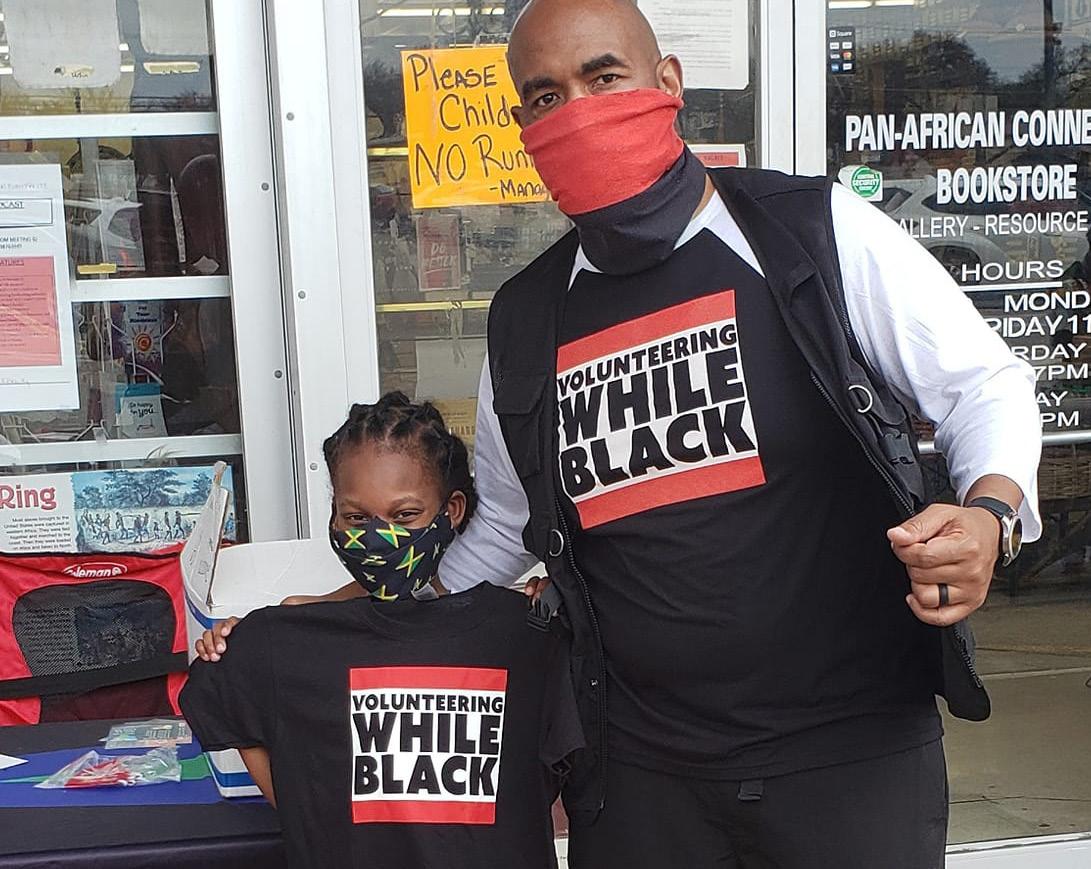
AM: Some artists prioritize perfecting their craft (art for art’s sake), while others see art as a tool for impact (art for a purpose). Where do you fall as an artist?
KS: I’m all about the effect. Right? I believe even if you’re not trying to be effective, you’re effecting. Everything is causing an effect even if it’s a small effect. But I’m a member of Alternate ROOTS because I’m about art and activism. I want my art to help change the world, to push people. I want my art to make people want to do better, or at least think about it. That’s why the poetry I write is gonna come at you a certain way. I put levity in all my poetry. I want you to laugh, but it’s gonna be heavy. I want you to laugh without knowing you’re learning something. I want you to laugh without knowing you’re addressing, or going after your pain. It’s definitely gonna push you beyond. I don’t want you to be super comfortable. I want you to be uncomfortable to the point that you wanna make moves while you’re laughing at it.
I’m about perfecting my craft, definitely about getting better as an artist, but it’s a tool to move people. I’m of the mindset that if I’m not doing it to make things better, what am I doing it for? That’s my mindset, one hundred percent, for real.



“I’ma always be a poet and a writer. But I prefer DJing more.”
AM: Let’s discuss the idea of critique. Given your focus on impactful art, do you seek feedback or confirmation that you’re achieving your intended goals?
KS: Definitely. A poet friend of mine reached out and said she’s coming to our next event to observe as a producer and give me feedback. I said, cool. I’m totally open to that. But also, can I make a bigger impact? Even with our festivals we do a whole session on glows and grows. We take those grows seriously; we attack those grows. I’m solution based. Whether it’s art or anything else, I don’t believe it’s done. I believe all things can be better.
I will say, if I know you, I’ll probably listen quicker. If you’re an elder, I’m definitely gonna listen quicker. But, I’ll always be true to my art because sometimes people are giving you feedback, but they don’t know why you wrote what you wrote or where it came from. You know, you have to chew up the meat and spit out the bones. If you can’t be critiqued, I don’t think you can really grow. So I definitely take feedback.

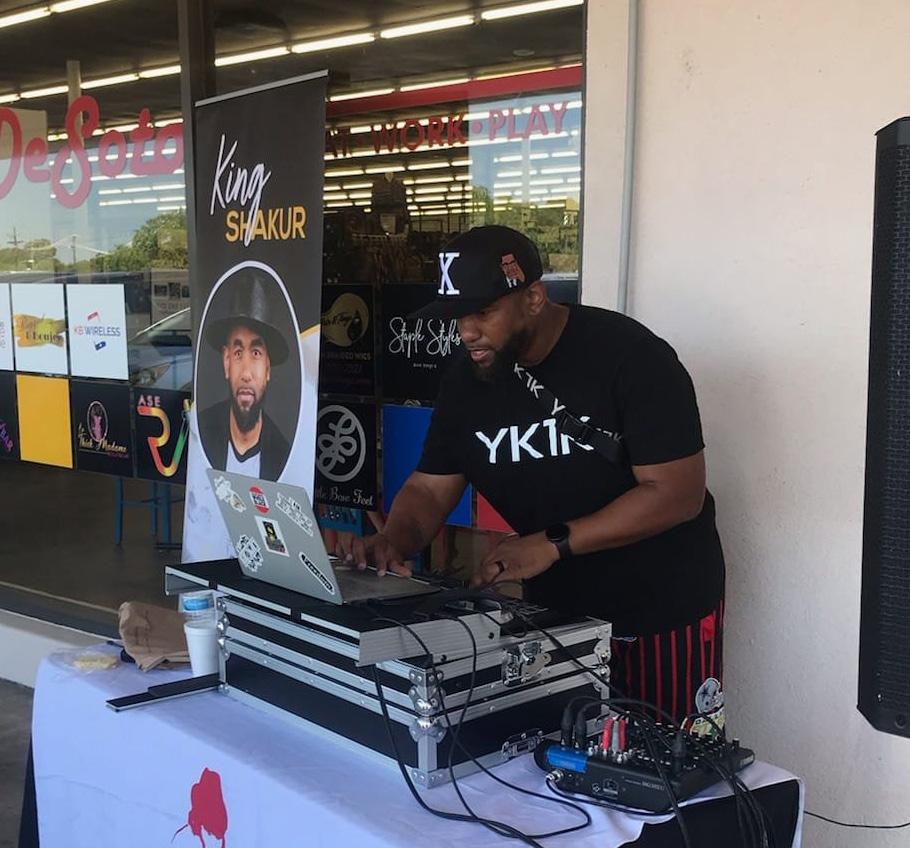

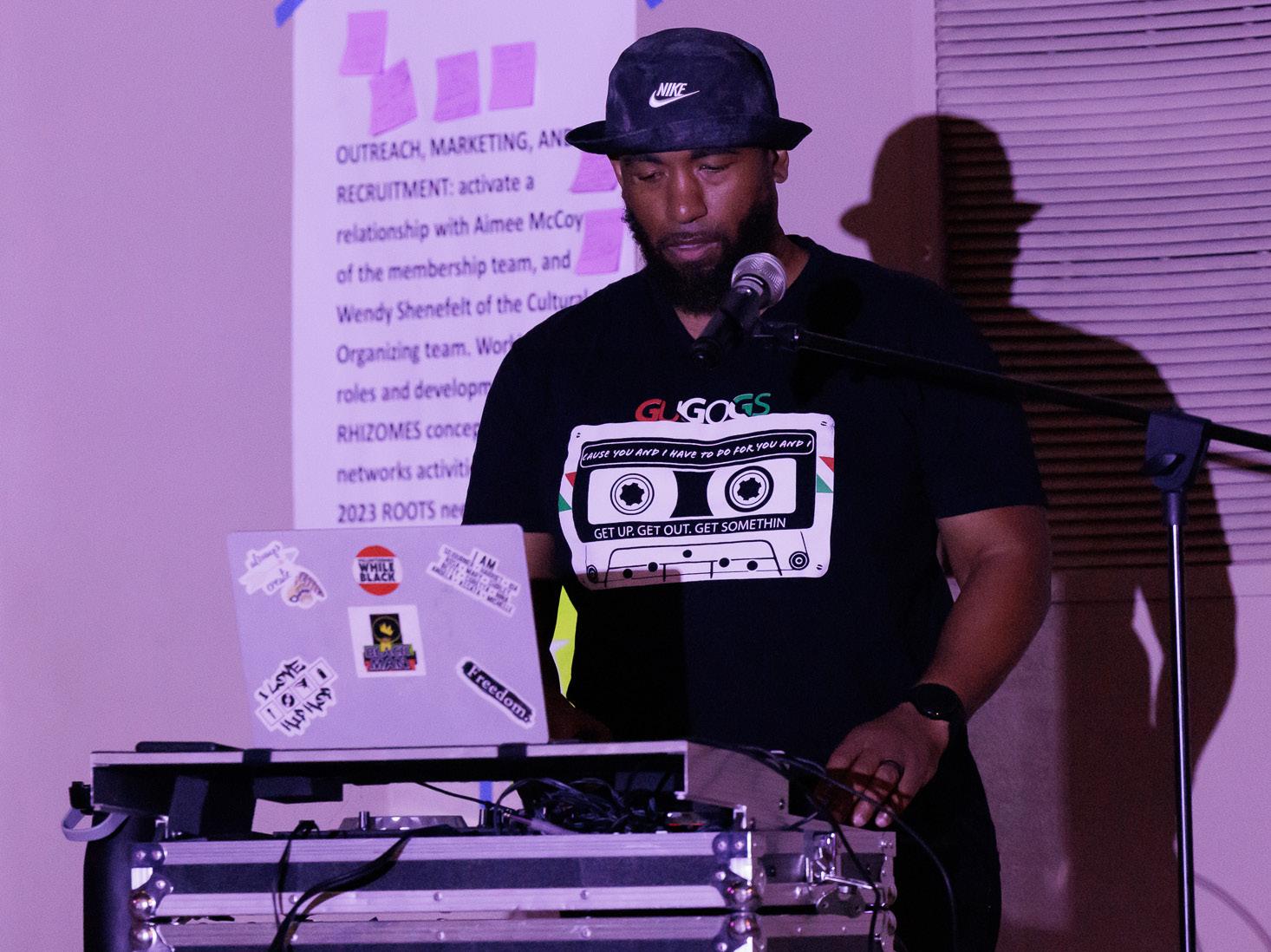

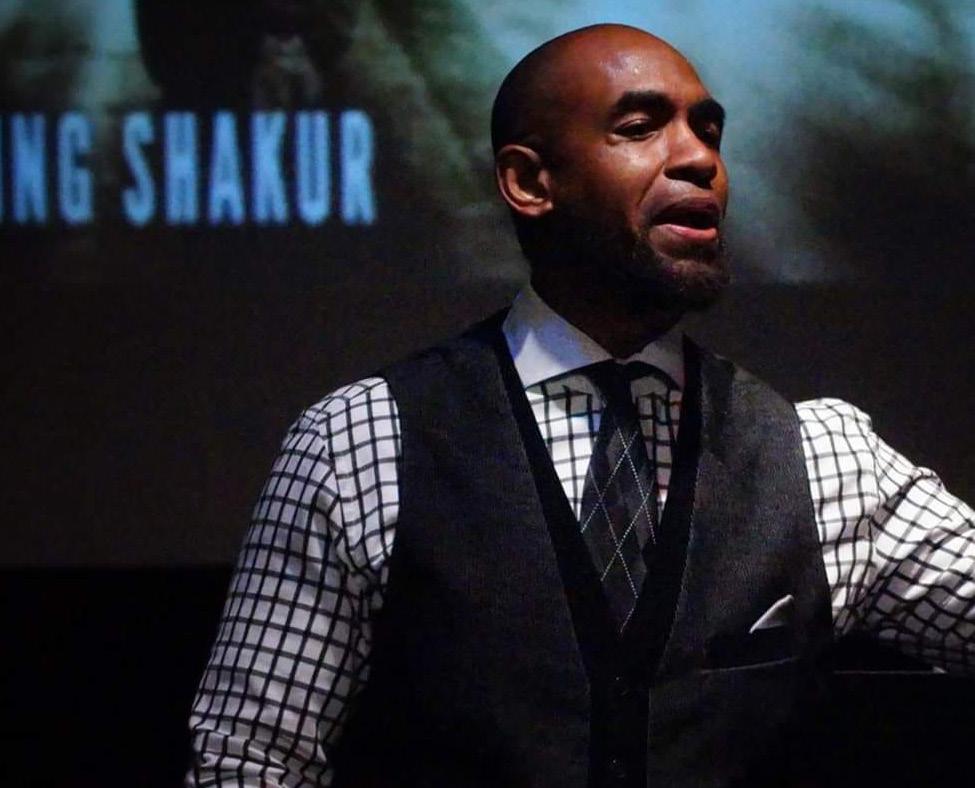
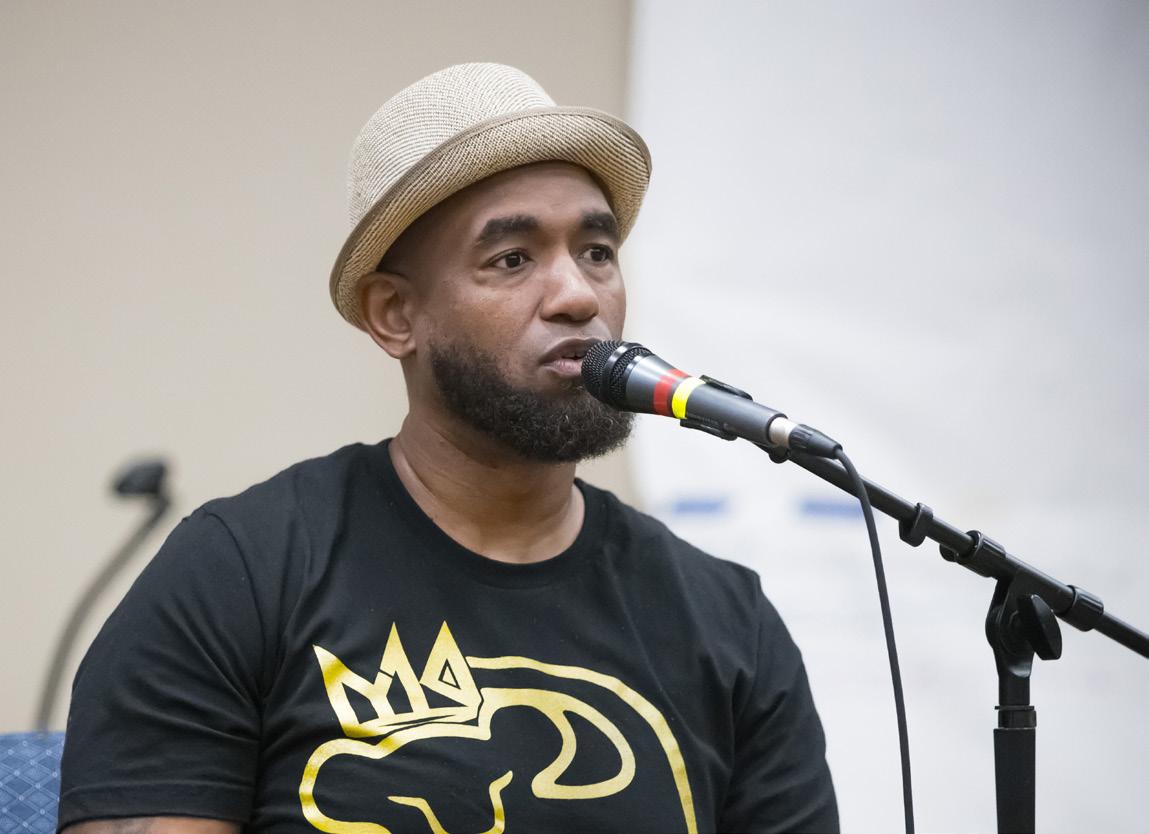
AM: So how is this important to you in relation to being a ROOTS member in this organization at the intersection of art and social justice?
KS: Being a ROOTS member is super important because the intersection of art and social justice is pretty much what my life is. Presenting art at ROOTS Week, hearing from partners in Partners in Action programs, workshopping different artworks, applying for grants, and receiving feedback on our applications, whether we get them or not, is so helpful. Being offered programs to help become better at grant writing is invaluable for me as a ROOTS member. We have the ability to develop and grow here and that is powerful.
 photo by Bless
photo by Bless
Having a member collective is so important; it’s where we go back to thinking about dreaming. One thing I’ve definitely confirmed at ROOTS is, you’re never too old to dream. I was at Jean Marie Mauclet’s house a couple of weeks ago with Omari Fox, just looking at the things he’s still doing in his workshop while his wife Gwylene Gallimard is over in France. She broke her leg over there working on an art project in her retirement. ROOTS always tells me I can keep dreaming. In some kind of way, ROOTS always says, “the idea you think is crazy, do it. And, we have some funding, and we can help you do that idea that you think is crazy.”
“I’m about perfecting my craft, definitely about getting better as an artist, but it’s a tool to move people. I’m of the mindset that if I’m not doing it to make things better, what am I doing it for?”
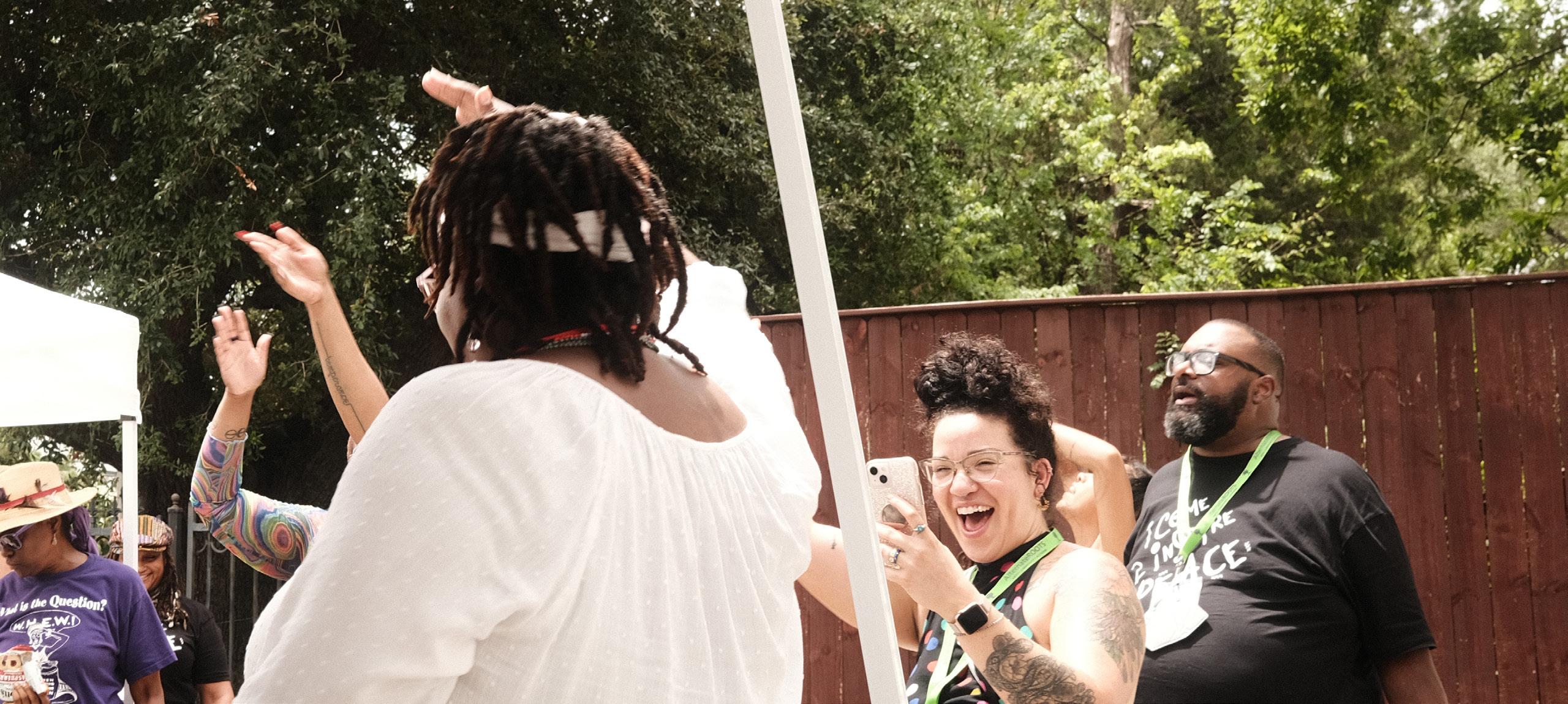
AM: You have mentioned quite a few people that have worked with you or had some impact on your work and this makes me curious about you and collaboration. What does collaboration mean to you, and how do you do it?
KS: Collaboration to me means building relationships, finding shared values, and helping each other identify support. Simply put, we all eat! My most successful collaborations are all about ten years old or more. They are with people I can bounce ideas off of, or they can call me for support. I can send a text or an email to help make things happen because there is trust built. I stand on my name and reputation. You have to just be yourself and know where you can be flexible and where you can not. Always remember your value, and be honest about what you want out of the relationship. Also, in tough situations, or when a collaboration is not working well, make sure to communicate and know when to walk away, so you can leave on good terms.
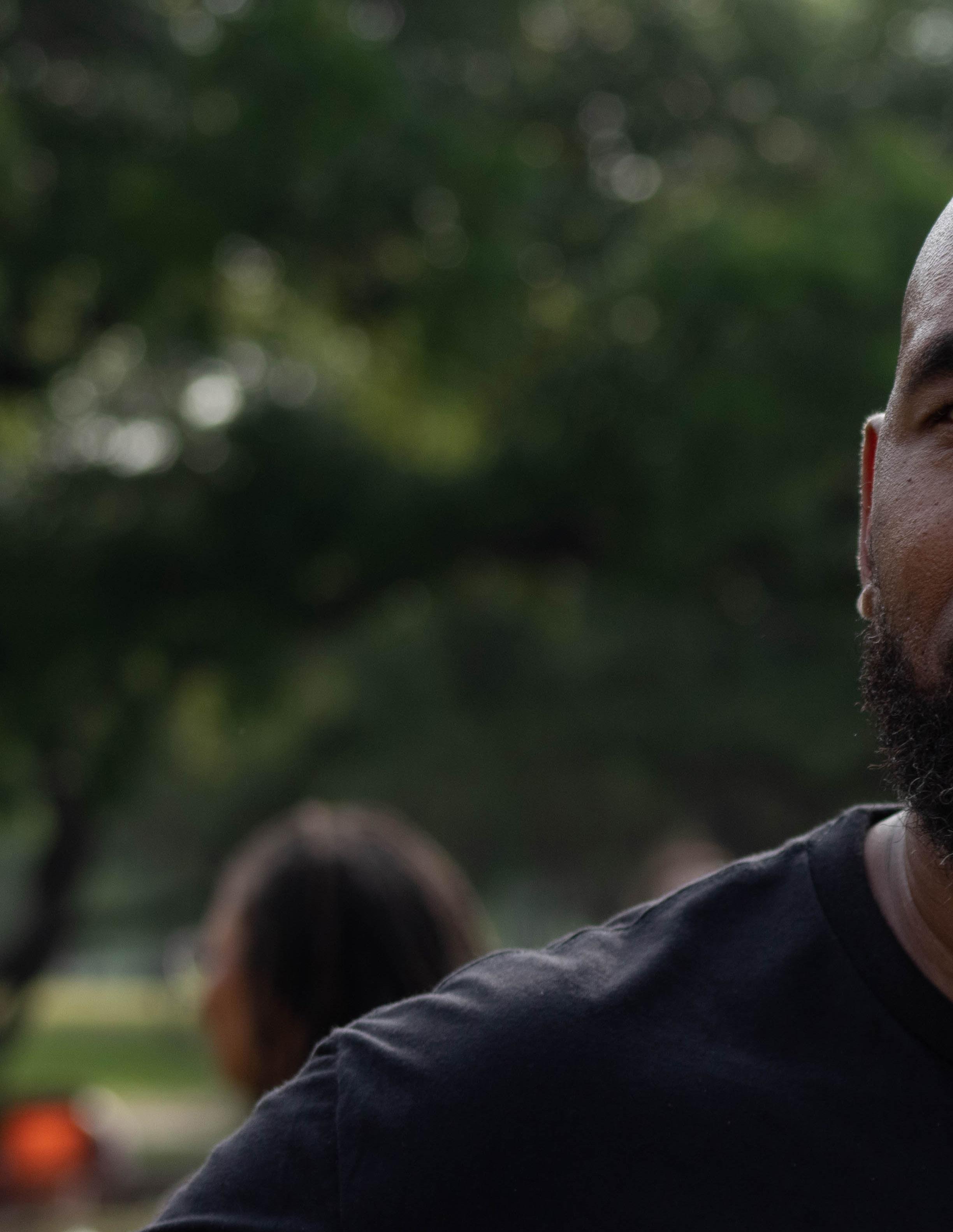
AM: Well that was neat and to the point! Plenty of knowledge dropped right there. What are you working on now?
KS: Well, I am in Dallas and Southern Dallas County. I’m working with 2 Inspire Peace. We have several partners at the public school level where we provide “Out of School Time” programming, using our Hip Hop and Healing curriculum. We also host our Art Inspired Healing Festival each year in May. I am an Artist in Residence
“Being a ROOTS member is super important because the intersection of art and social justice is pretty much what my life is.”
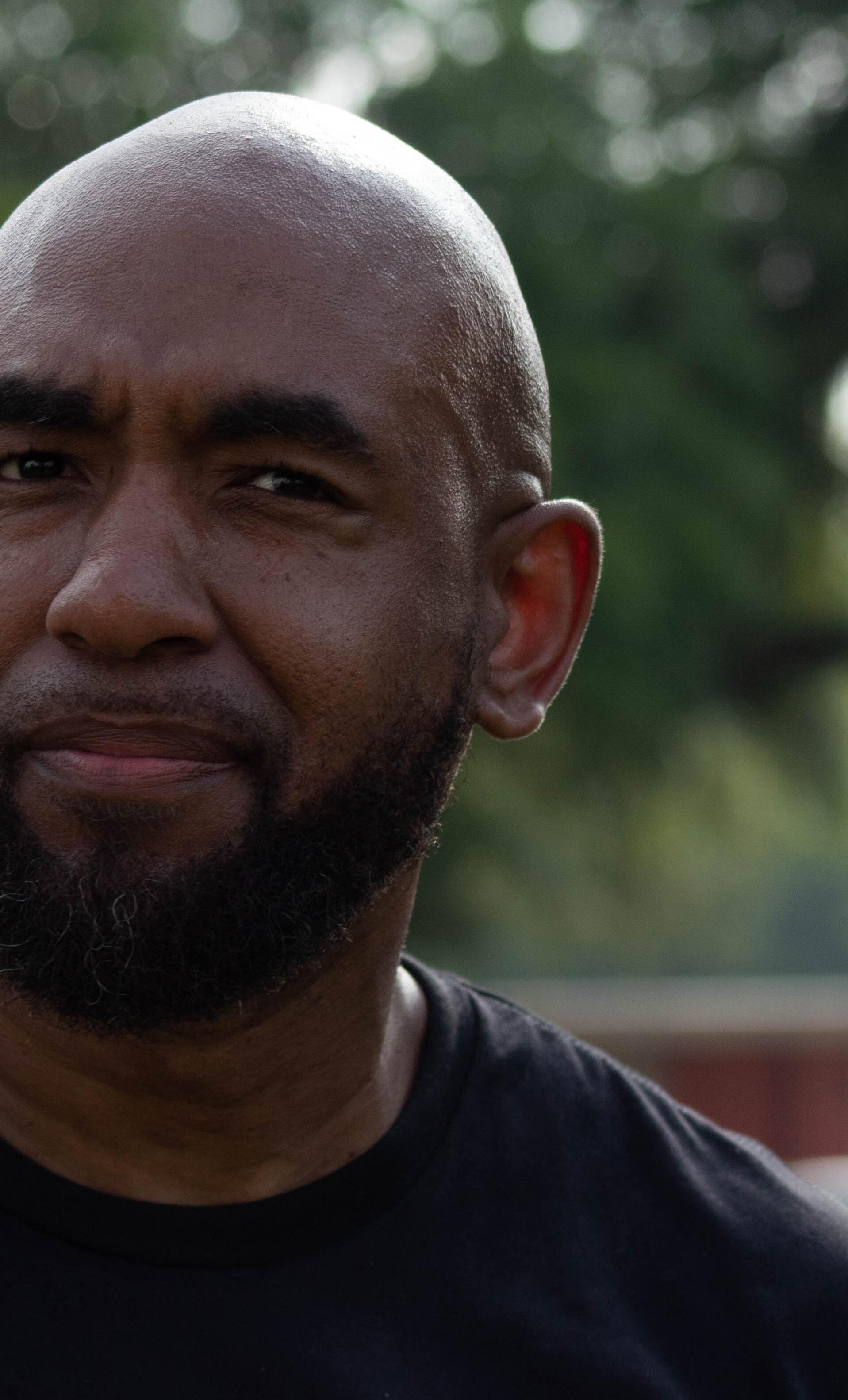
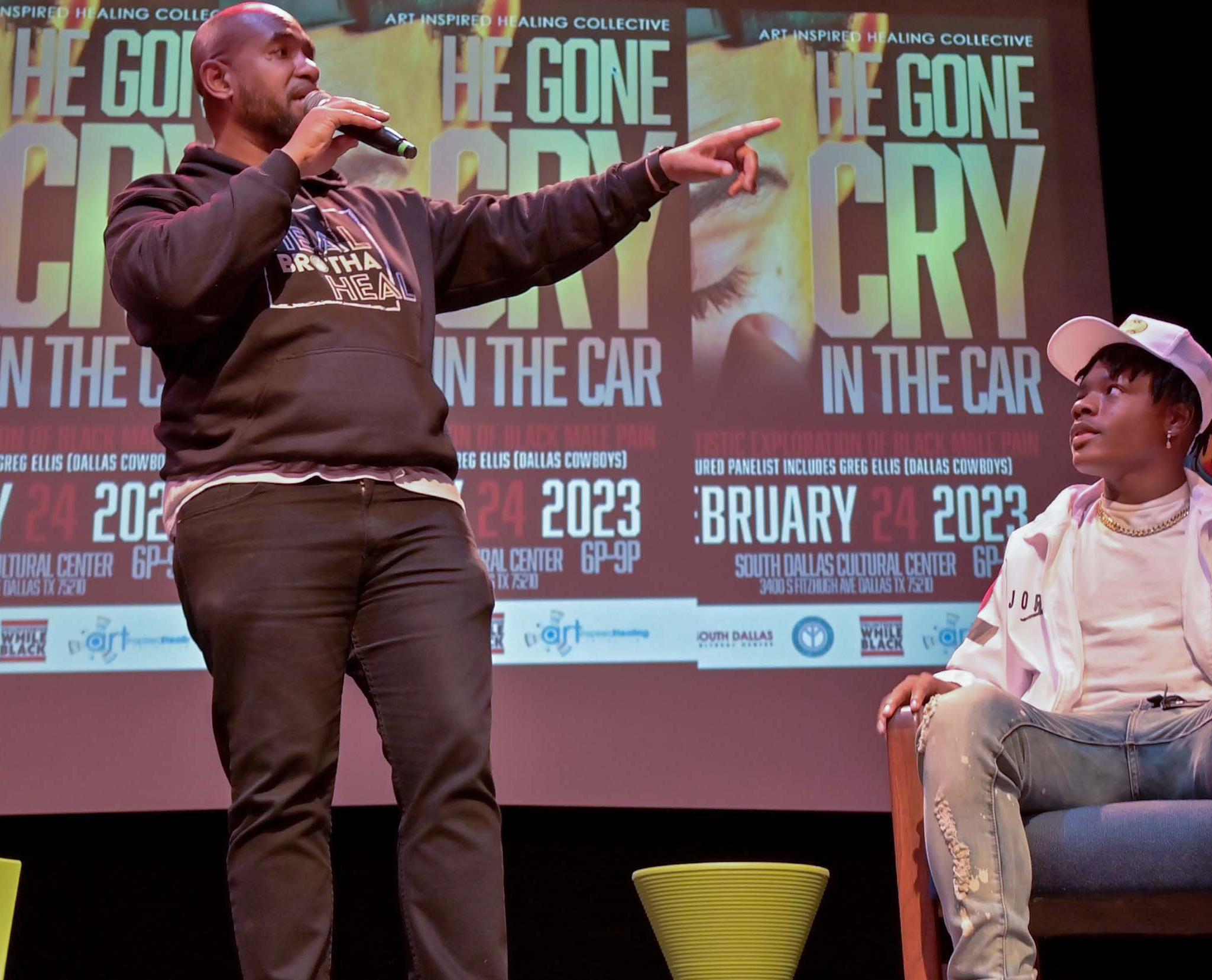
for the City of Desoto, TX, working on an anthology for this project and hosting and DJing Social Emotional Art events. And we just had year two of He Gone Cry In The Car in February 2024.
AM: Yes, can you talk a little bit about that?
KS: He Gone Cry in The Car is an artistic exploration of black male pain. So it’s a conversation around how black men deal or don’t deal with our pain and how it affects our communities. We have poets, visual art, music, and conversations. This was our second year in Dallas, and we also had one for the first year in Columbia, South Carolina, supported by ROOTS, which went very well.
It’s about using art to create conversations around joy and mental health and keep those conversations going. I also invite vendors: mental health workers and people with information on prostate cancer (because black men die from prostate cancer more than any other group of people in the country.) Other vendors that are black male-owned companies come out.
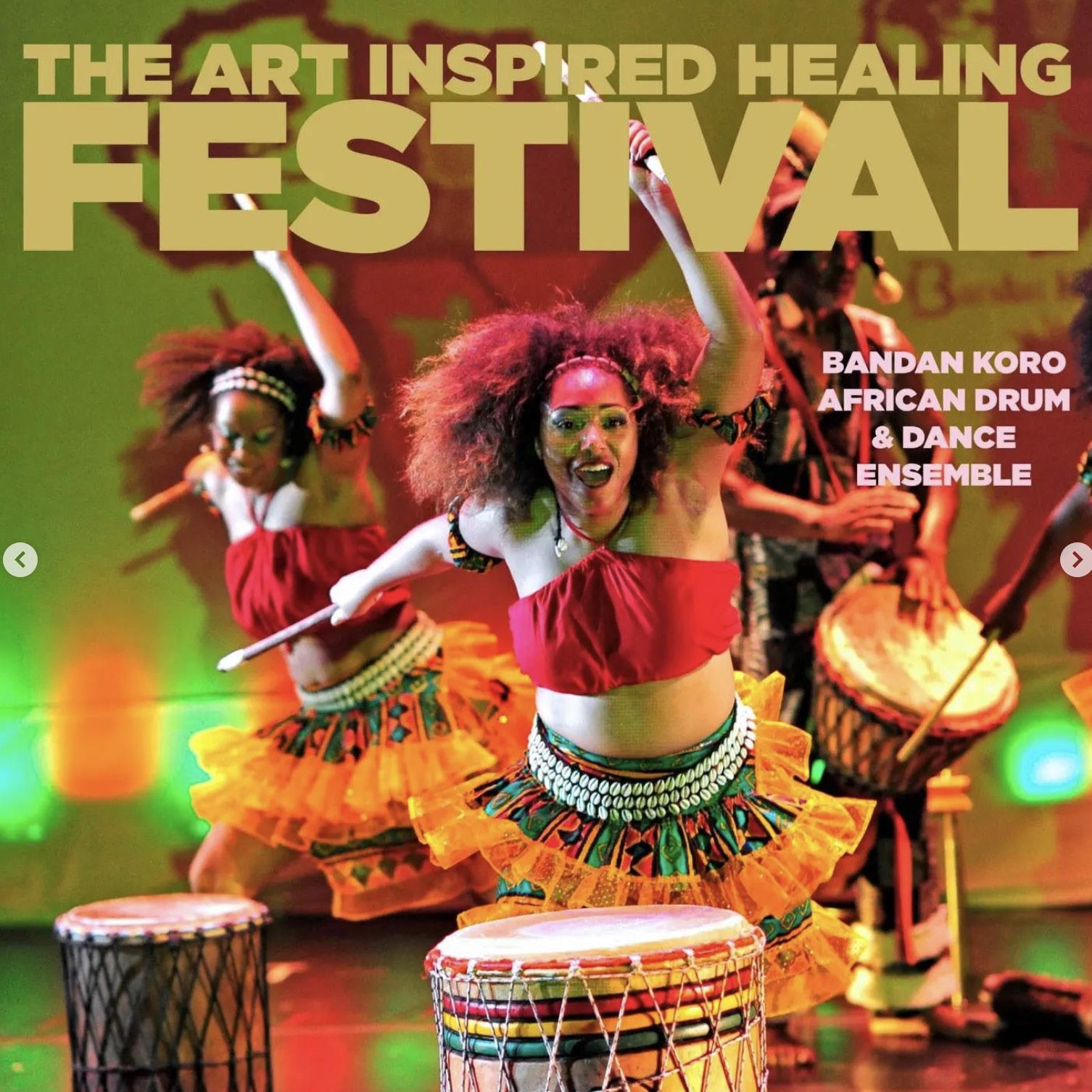



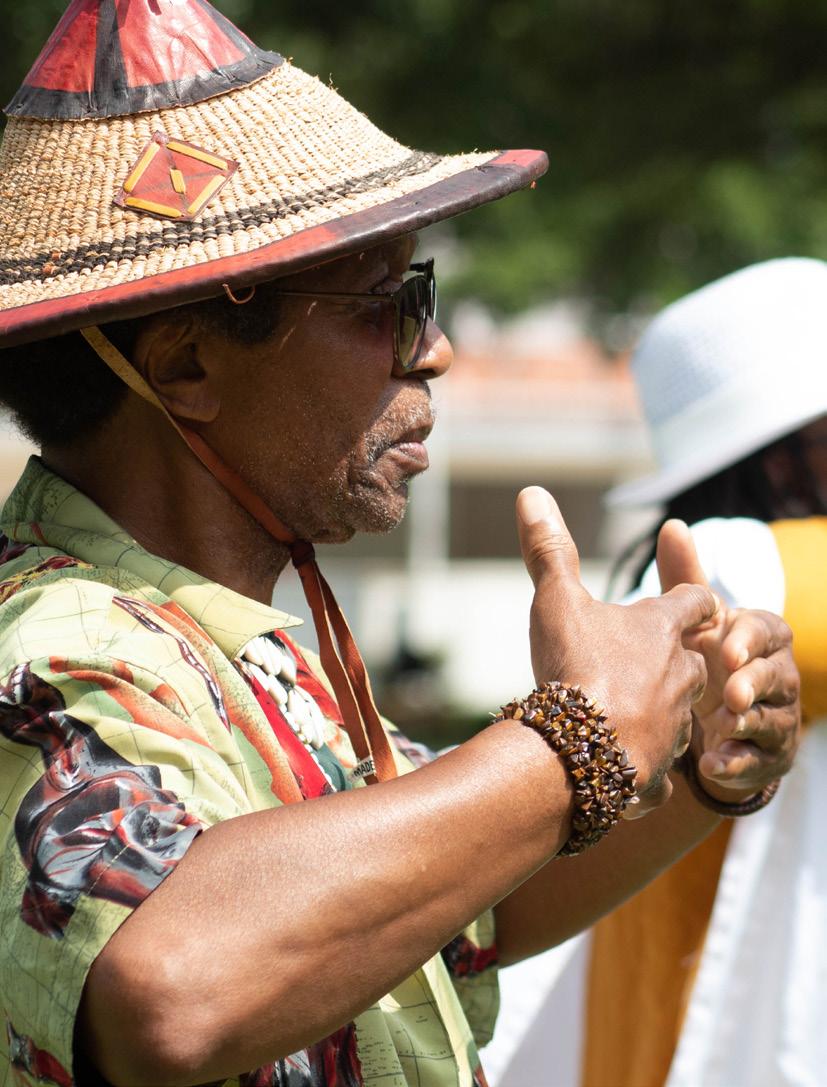
“ROOTS always tells me I can keep dreaming. In some kind of way, ROOTS always says, “The idea you think is crazy, do it.”
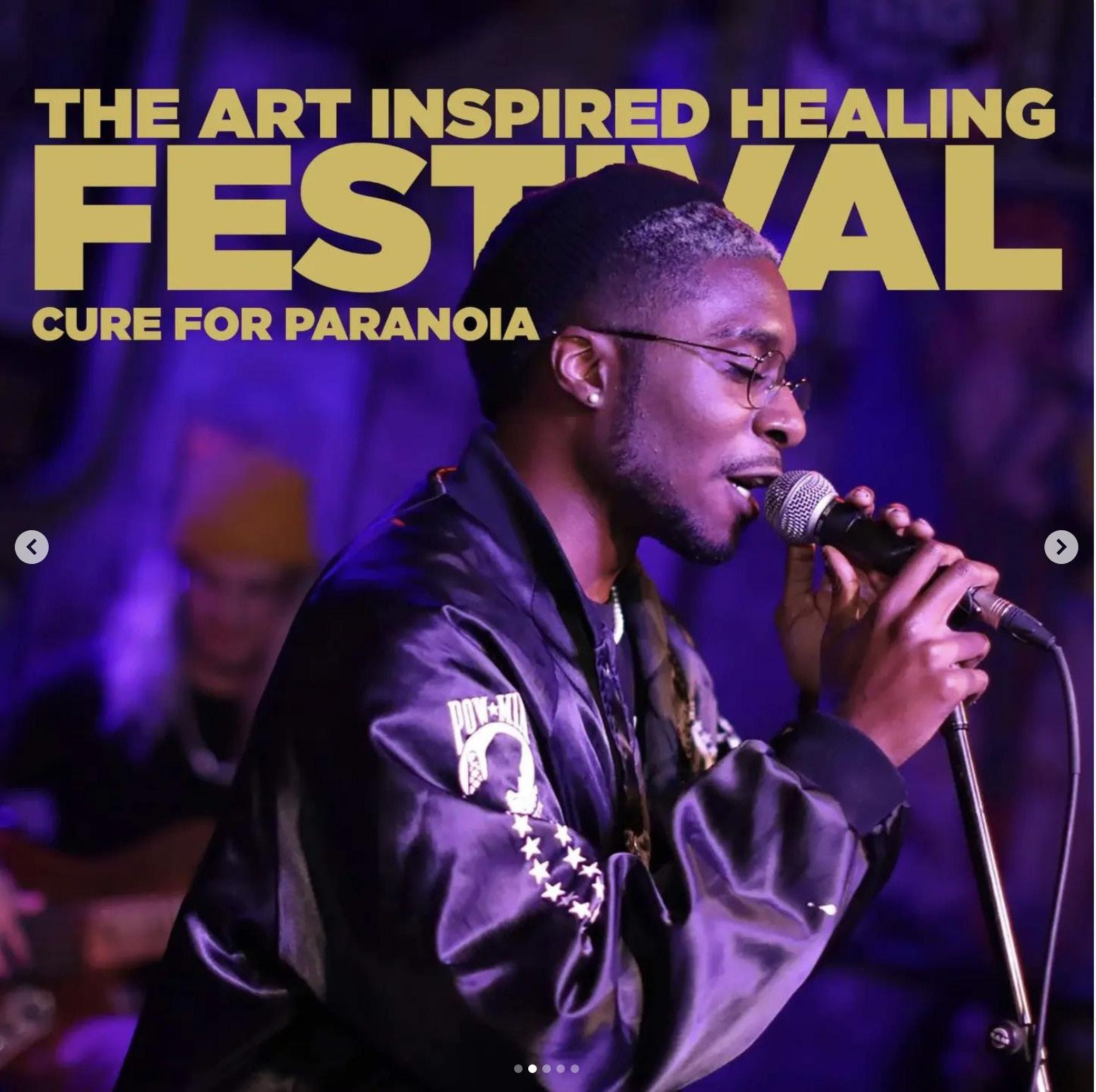
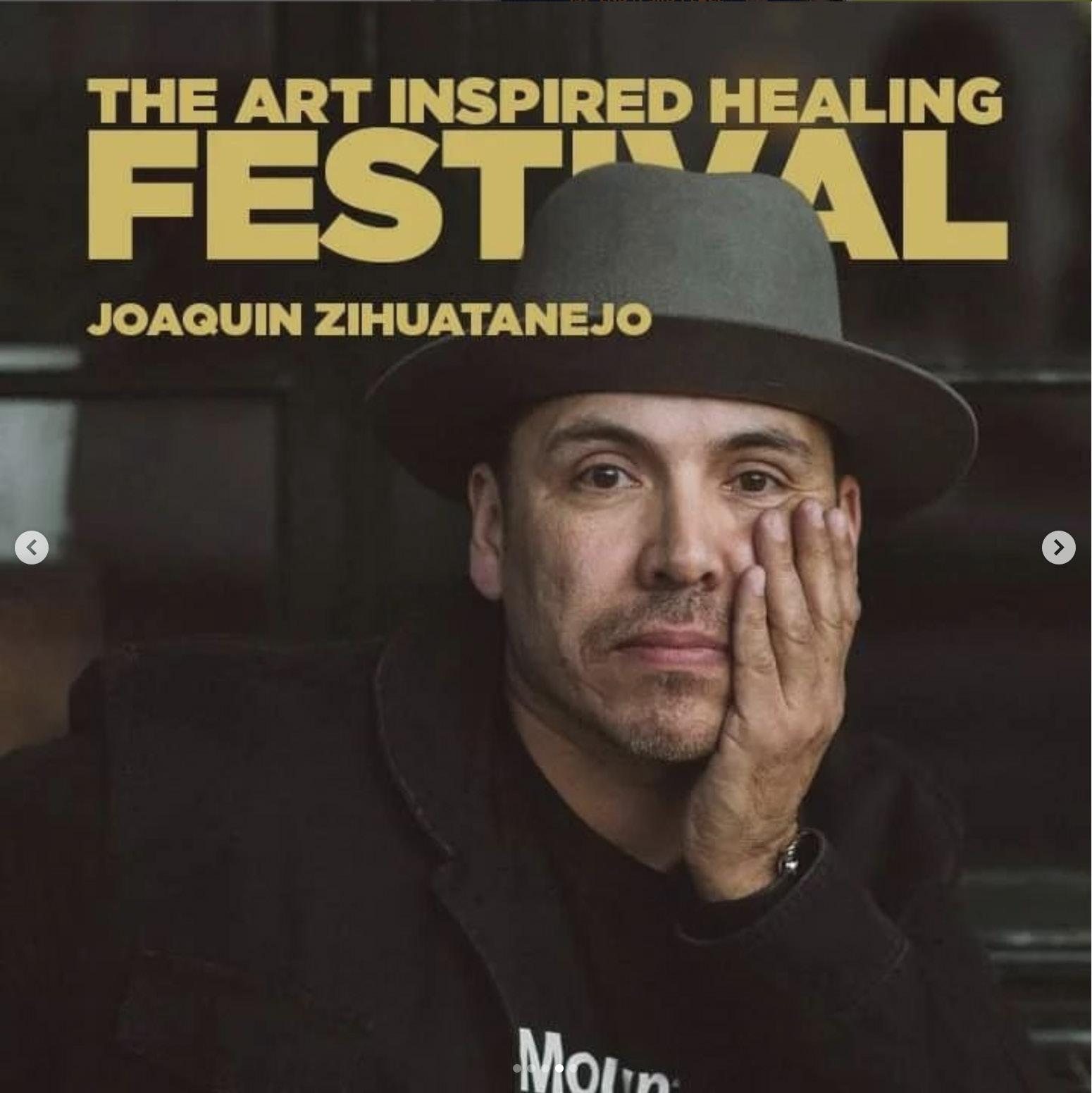 photos by Sweet Marc
photos by Sweet Marc
The theme for this year is accountability: how do we hold ourselves accountable? Who can hold us accountable? Are we okay with being held accountable? What solutions do we have moving forward to become better men, better fathers, better partners, and just better people in the community? That’s the goal. We know there is no magic bullet. This is a conversation, one that we wanna keep going.
AM: You say you’re gonna keep having them. Now you’re Dallas and South Carolina. What’s the plan?
KS: My goal is to host He Gone Cry in The Car every Friday in Black History Month in four different locations. Dallas will always be the last one on the fourth Friday of February. I can keep Columbia, SC on the first Friday, and then fill in two other locations. So probably Montgomery, Alabama, next year and one other additional city. I partner with a leader in that community to curate the conversation. Omari Fox was my partner in Columbia, SC this year. I’m not the leader of the conversation in these communities; I’m also not gonna be the leader in bringing in the local artists. I want those artists to be

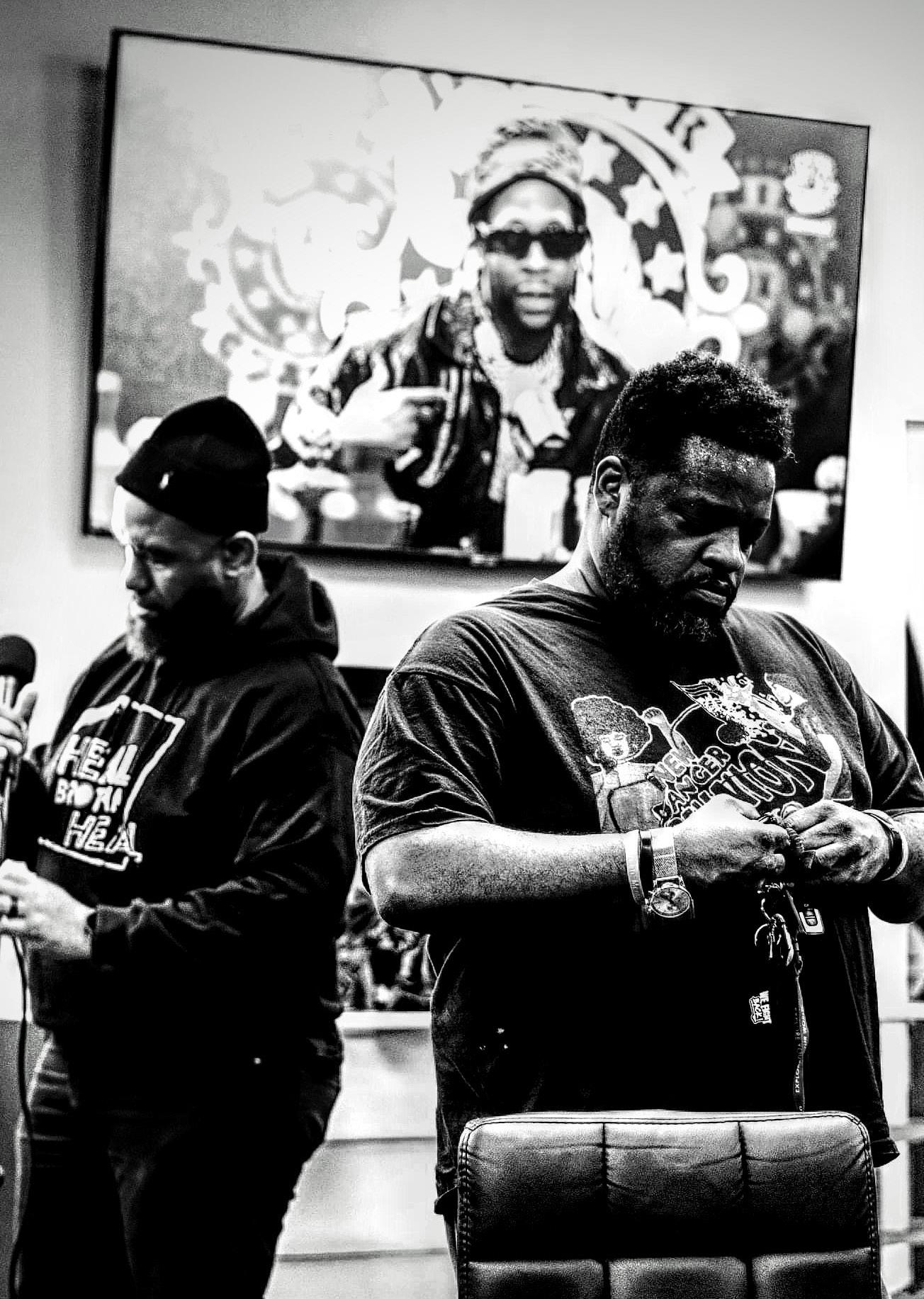 photo by Dallas Morning News
photo by Dallas Morning News
from that community so when I’m gone, the conversations are still going on, and we could go back annually. I’m looking for a sponsor for all four events. Eventually we may have a whole festival during Father’s Day weekend.
The goal this year is to have a published anthology by 2025. I wanna collect stories and poetry from black men and publish it in an anthology for He Gone Cry In The Car. I would love this to be a lasting tool for the work. So, if I perish, we have five or seven anthologies that came out of this, plus the events. People will have books that they can reference back to black men talking about their pain in-depth over years.
AM: What was the inspiration for the name [He Gone Cry in the Car?]
KS: You know I said I love putting levity and comedy in everything I do. I wrote a poem called He Gone Cry In The Car. It was literally me thinking about the movie Friday, when Red gets his chain snatched and he runs to the car and Smokey
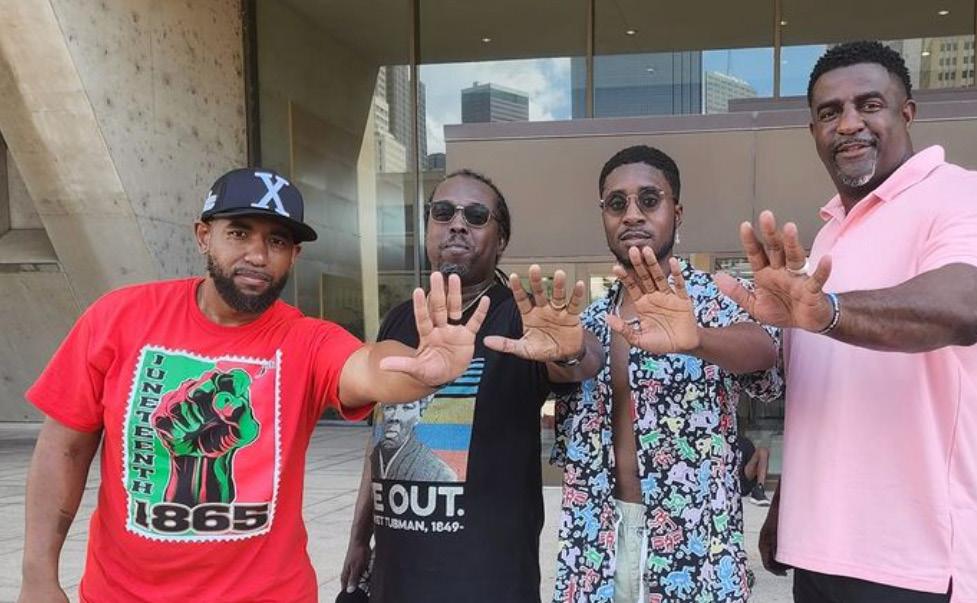
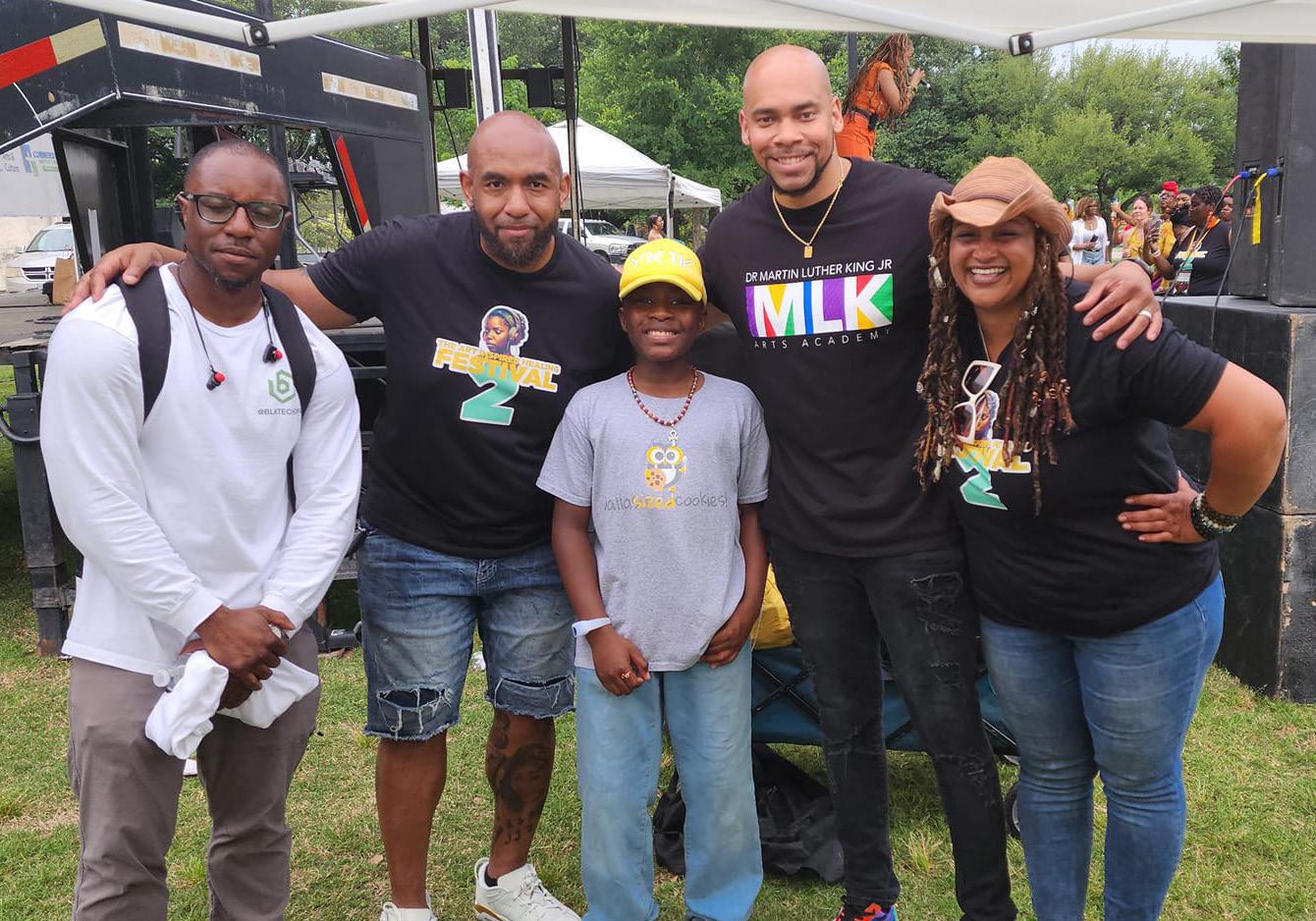
“Collaboration to me means building relationships, finding shared values, and helping each other identify support. Simply put, we all eat!”
says, “oh, he gone cry in the car.” But also the reality that cars are black men’s sanctuaries. We feel so comfortable behind tinted windows in our cars. Some men will pull up in their driveway and sit there before they go in the house, getting their mind right to deal with their house because some of them don’t have peace in their home. But that’s where it came from, the movie Friday and also just our cars being a safe space.
AM: That is powerful and beautiful work. You are doing a lot my friend. You got anything else?
KS: My plan is just to allow the work to lead me to my next adventure. But one dream is helping YOOTS [Youth of Alternate ROOTS] grow to a new level in our service regions.
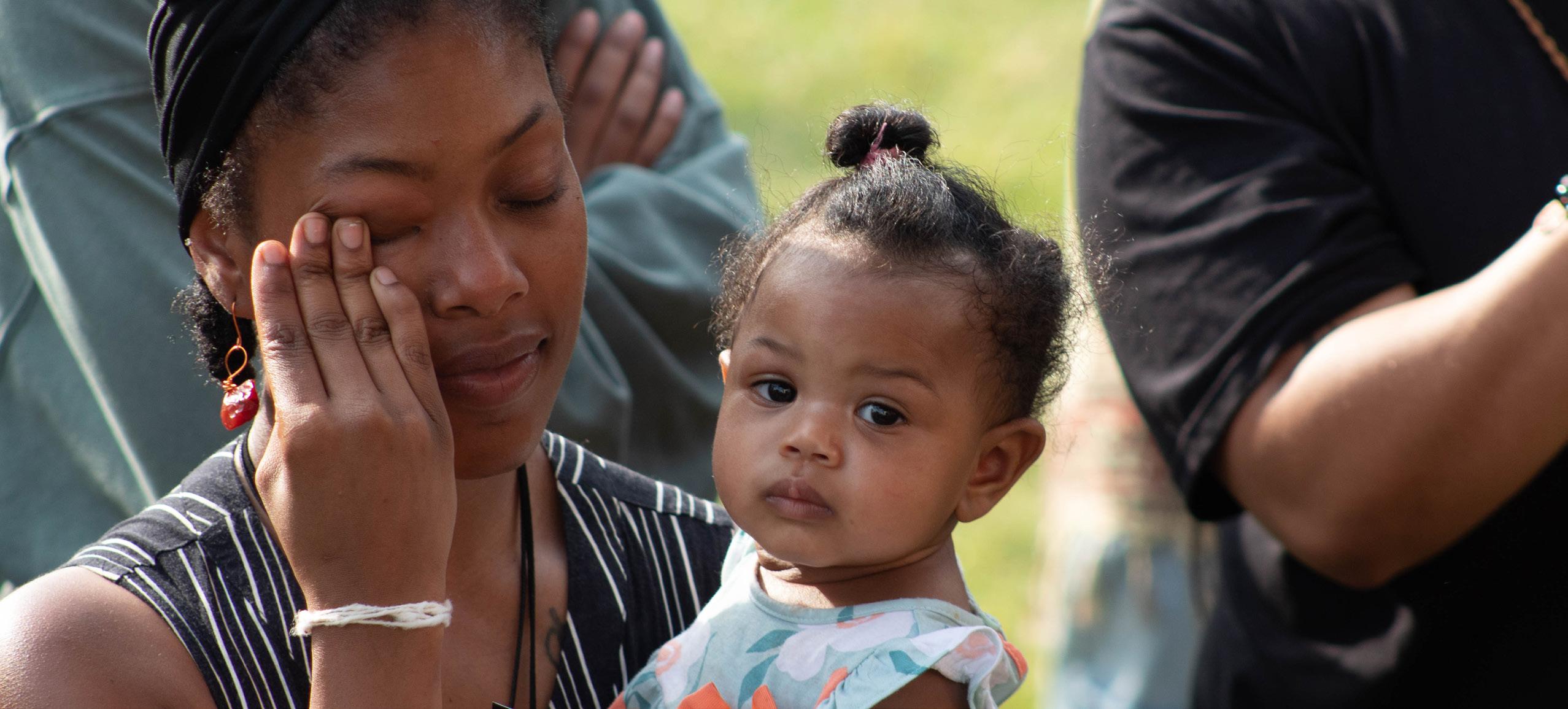
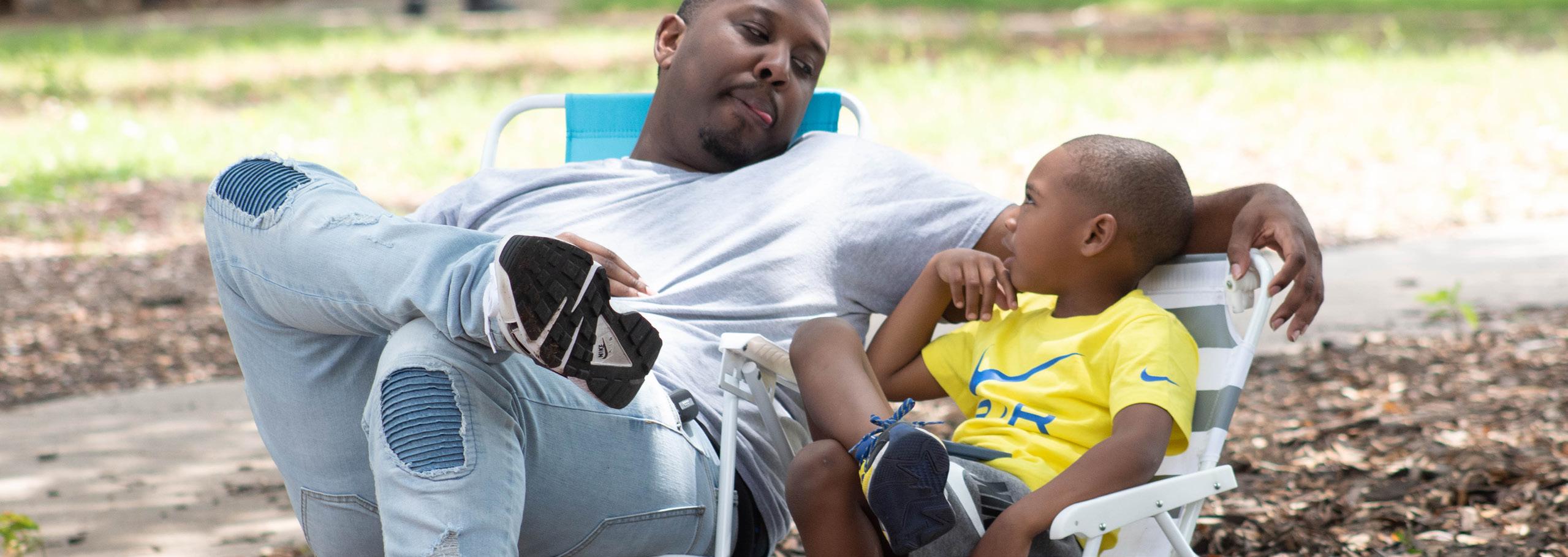 photos by Sweet Marc
photos by Sweet Marc

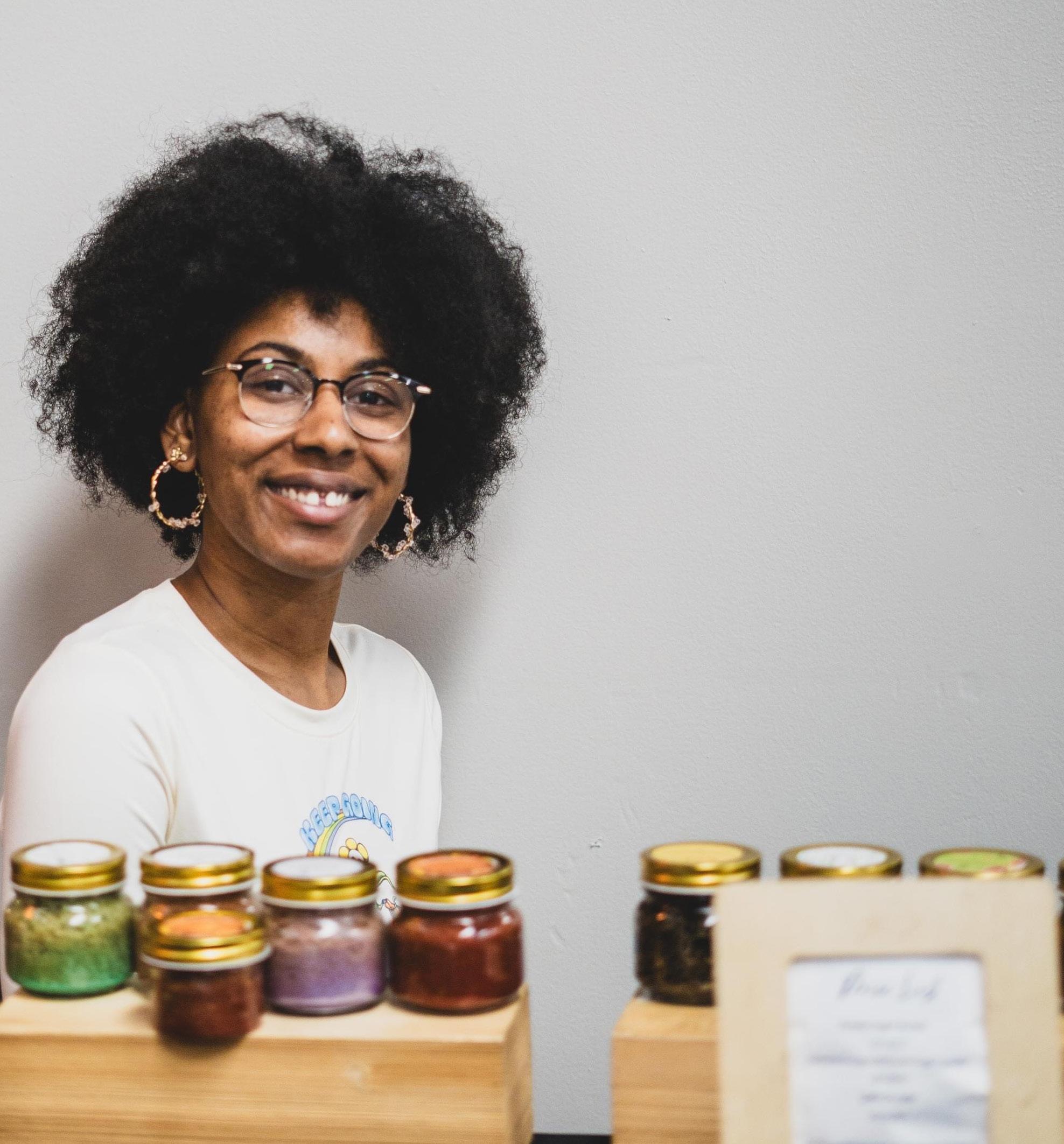
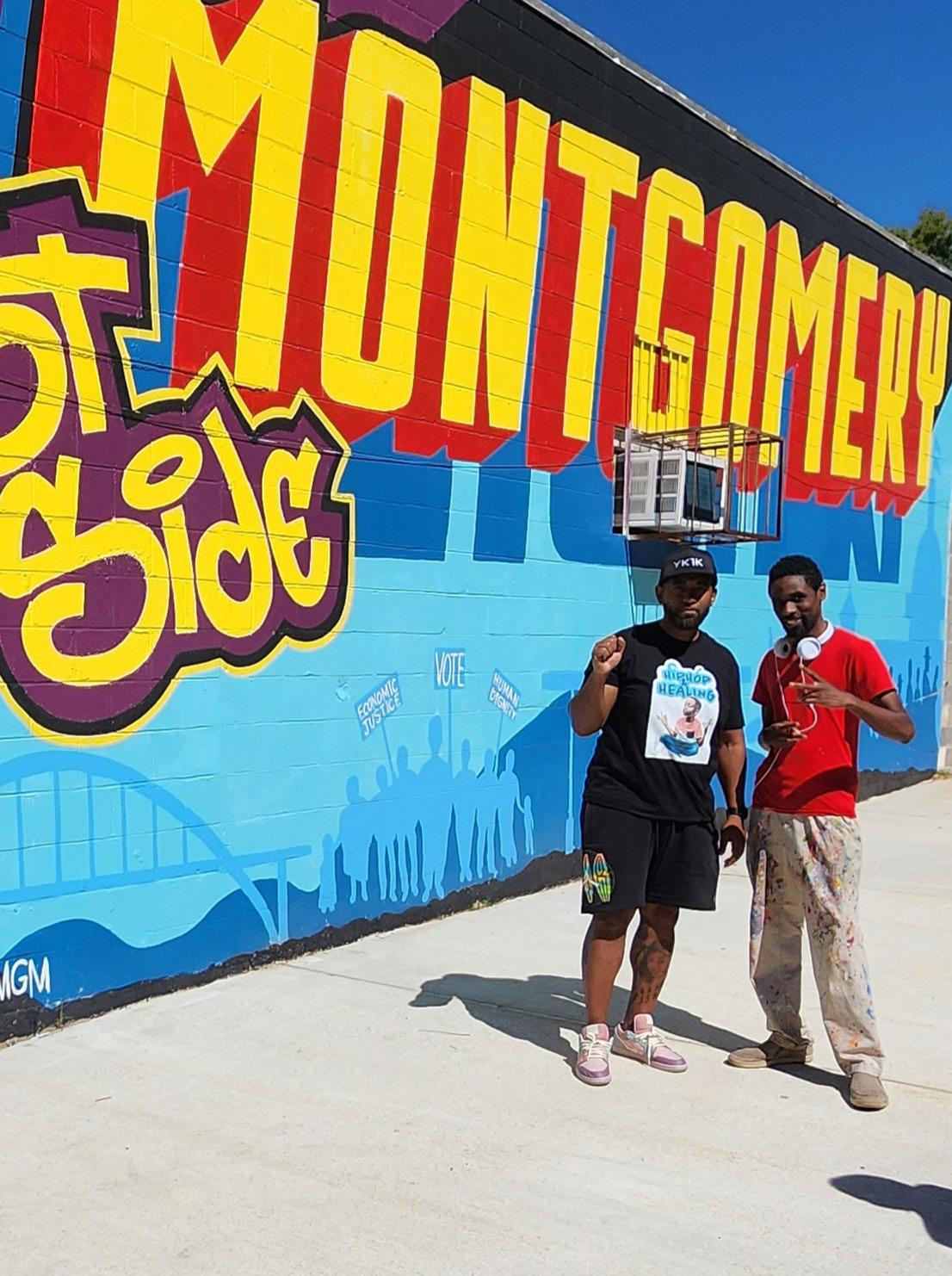

“My plan is just to allow the work to lead me to my next adventure.”

AM: That would be amazing! How could someone connect, support, collaborate, or get involved with you and your work?
KS: If people want to connect with me please just email me at king@thekingshakur. com. If they would like to support, 2 Inspire Peace is looking for 1,000 recurring donors, donating $2 or more a month, to continue to offer free Art Inspired Healing programs to our communities. If you are interested in supporting He Gone Cry In The Car, we are looking for funding and sponsors.
AM: Thank you, King, for taking us along with you through your coming-of-age journey—from kid to artist to father to community activist. This has been a really cool experience! You have been so gracious, chatting with me while you move through your daily Daddy Duties with your after school pick-ups in Dallas.
King Shakur
King@ytheycalluking.com
https://www.thekingshakur.com/
FB: kingisapoet
2 Inspire Peace
info@2inspirepeace.org
https://www.2inspirepeace.org/
IG: @2inspirepeaceinc
Youtube: @2inspirepeaceinc
LinkedIn: Companies 2-inspire-peace-inc/
Volunteering While Black
info@volunteeringwhileblack.org
https://www.volunteeringwhileblack.org/
FB: volunteeringwhileblack
Alternateroots.org
Instagram: @alternateroots
Facebook: @AlternateROOTSorg
InDeep is a publication of Alternate ROOTS © 2024, all rights reserved.
Interview & Transcription: Aimee McCoy
Concept Developer & Editor-in-Chief: Aimee McCoy
Editor: Nicole Garneau
Contributing Editor and Project Manager: Deisha Oliver
Layout design: xpayne.com
Photos provided by King Shakur
Photos Provided by Alternate ROOTS
2 Inspire Peace’s Art Inspired Healing Festivals - photos by Sweet Marc
He Gone Cry In The Car Columbia, SC - photos by Bless
He Gone Cry In The Car Dallas, TX - photos by Sweet Marc
For more information about InDeep: membership@alternateroots.org
Find this publication online: https://alternateroots.org/indeep-volume-1-article-2-curating-joy-with-rooter-king-shakur
Layout design: xpayne.com
